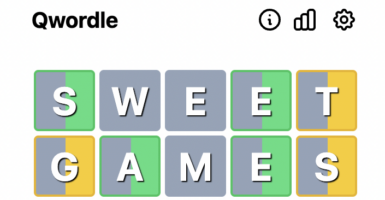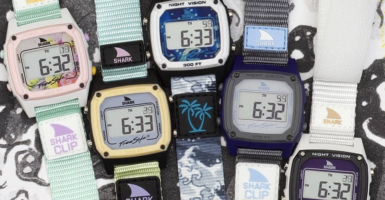Quiz: How Much Do You Know About D-Day?
On June 6, 1944, at the height of World War II, Allied forces invaded the beaches of Normandy in France in an event known as D-Day. Although the assault was a success, it came at a cost with thousands of Allied soldier losing their lives during the process. The largest amphibian assault to date, the invasion helped to pave the way for the Allies to win the war on the Western Front and is regarded as one of the biggest military operations in history. Think you know the details about this monumental day in history? Take this quiz to test your knowledge!
Why was the original date of the invasion changed?
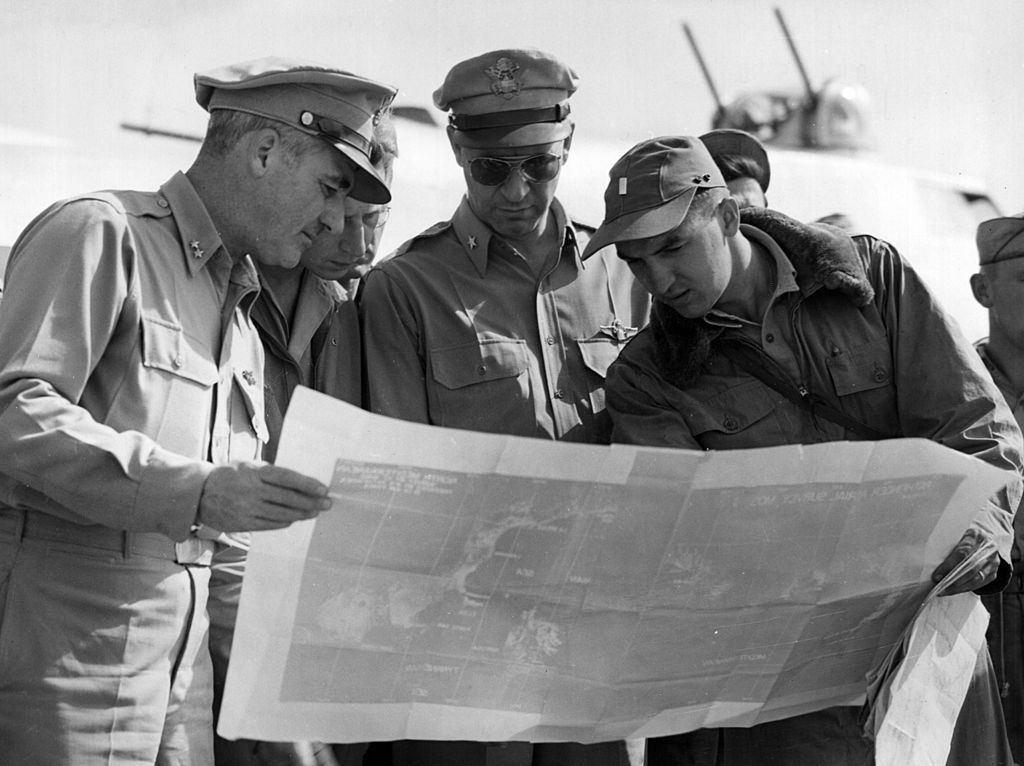
A. Inclement weather
B. The Germans discovered the plan
C. A ship sank
D. The US military was late
Answer: Inclement weather

Dwight D. Eisenhower had chosen June 5, 1944 as the tentative date for the invasion. However, the weather conditions were unstable as the winds and heavy seas made it nearly impossible to launch landing craft. So, the invasion was pushed back to June 6.
Which was the first bridge taken by British paratroopers?
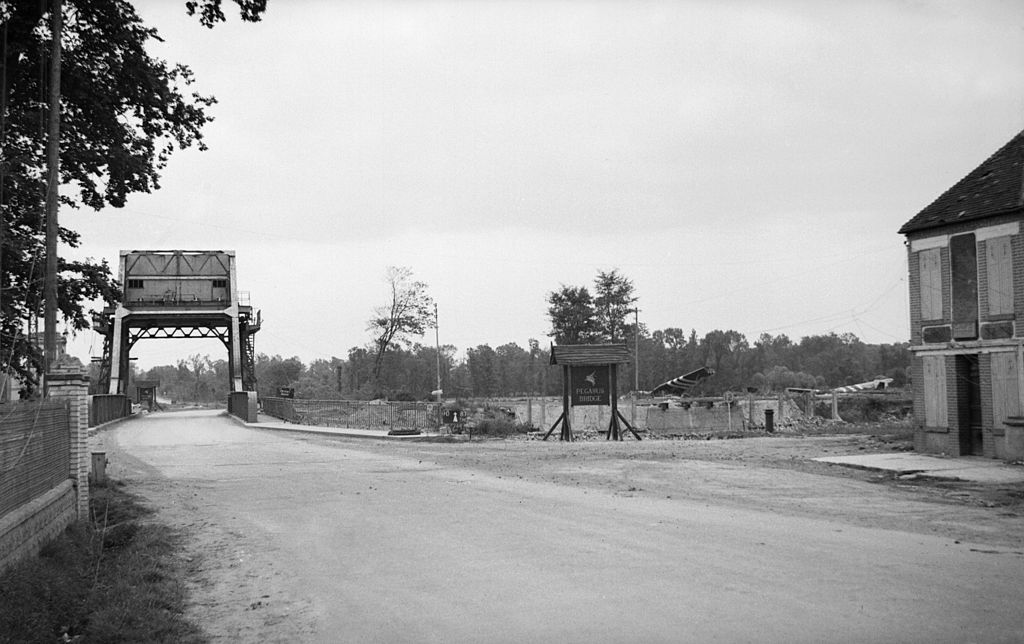
A. Pegasus Bridge
B. Arnhem
C. Nijmegen Bridge
D. Mulberry
Answer: Pegasus Bridge
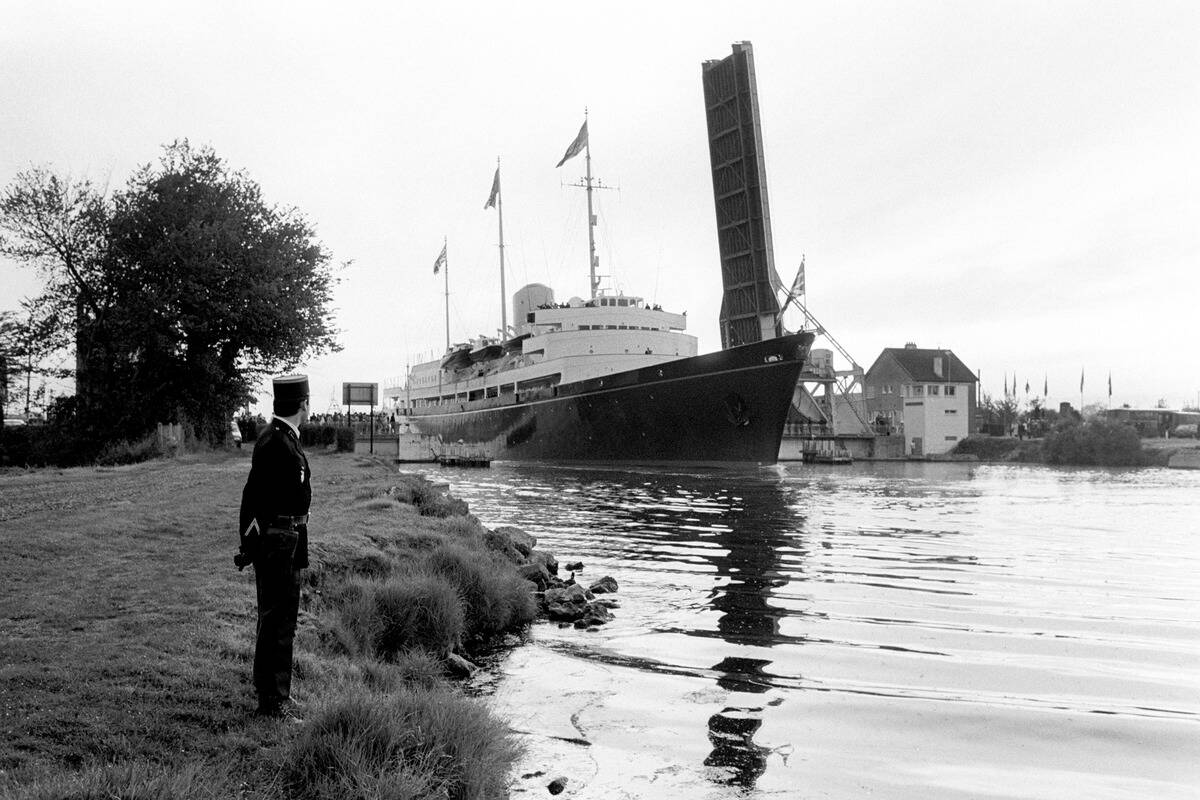
Built in 1934, Pegasus Bridge was a movable bridge that crossed the Caen Canal between Caen and Ouistreham in Normandy, France. The taking of the bridge helped to limit the ability of the Germans to counter-attack during the Normandy invasion.
Who was supreme commander of Allied forces?
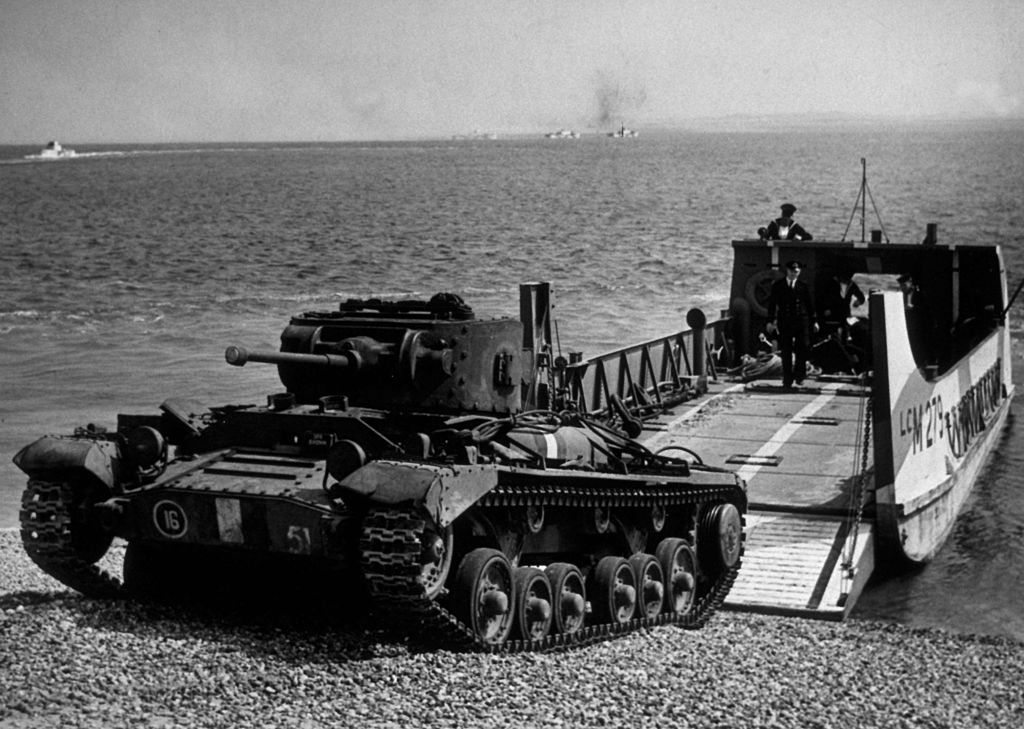
A. General Dwight D. Eisenhower
B. Winston Churchill
C. General George S. Patton
D. General Omar Bradley
Answer: General Dwight D. Eisenhower
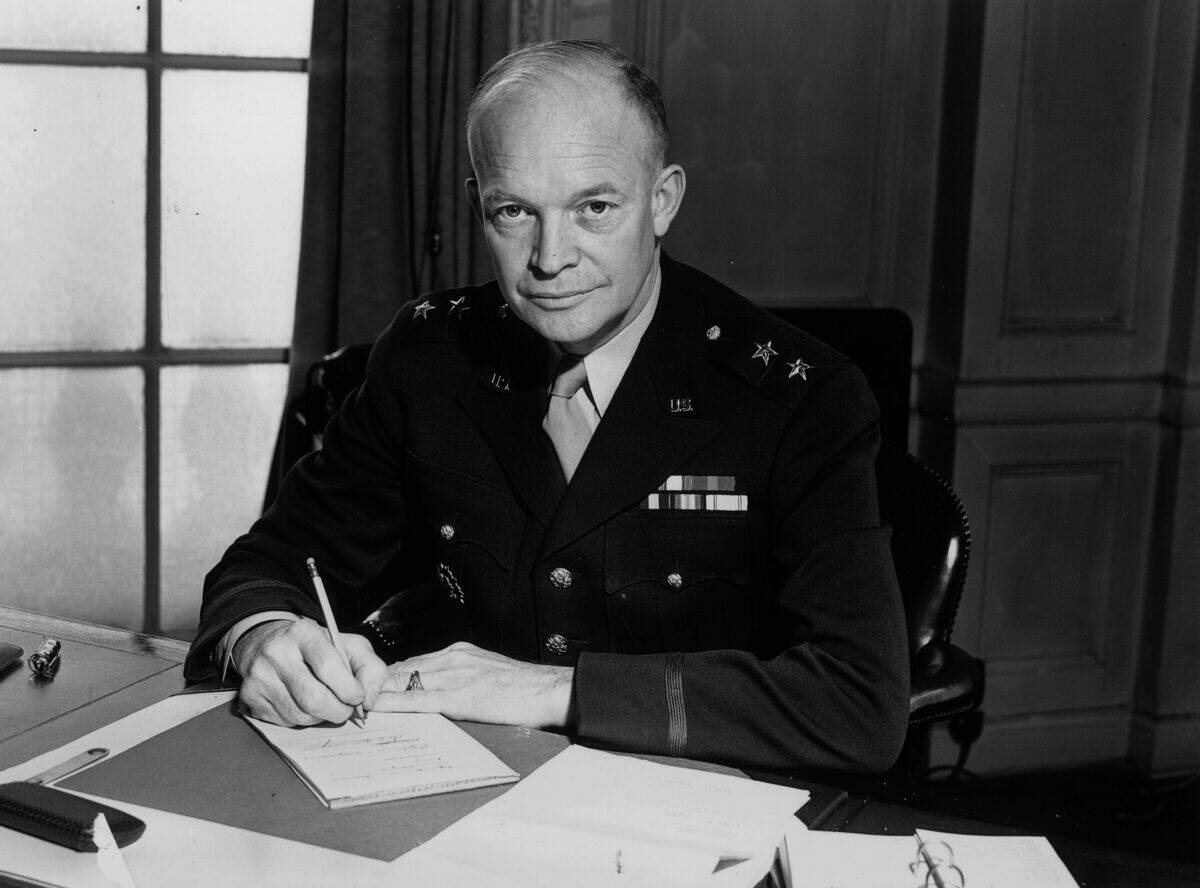
The night before the invasion, Eisenhower wrote an inspirational letter that was delivered to every soldier, sailor, and airmen. The letter urged the soldiers to be brave and thanked them for their undertaking.
At what time did troops land at Omaha Beach?
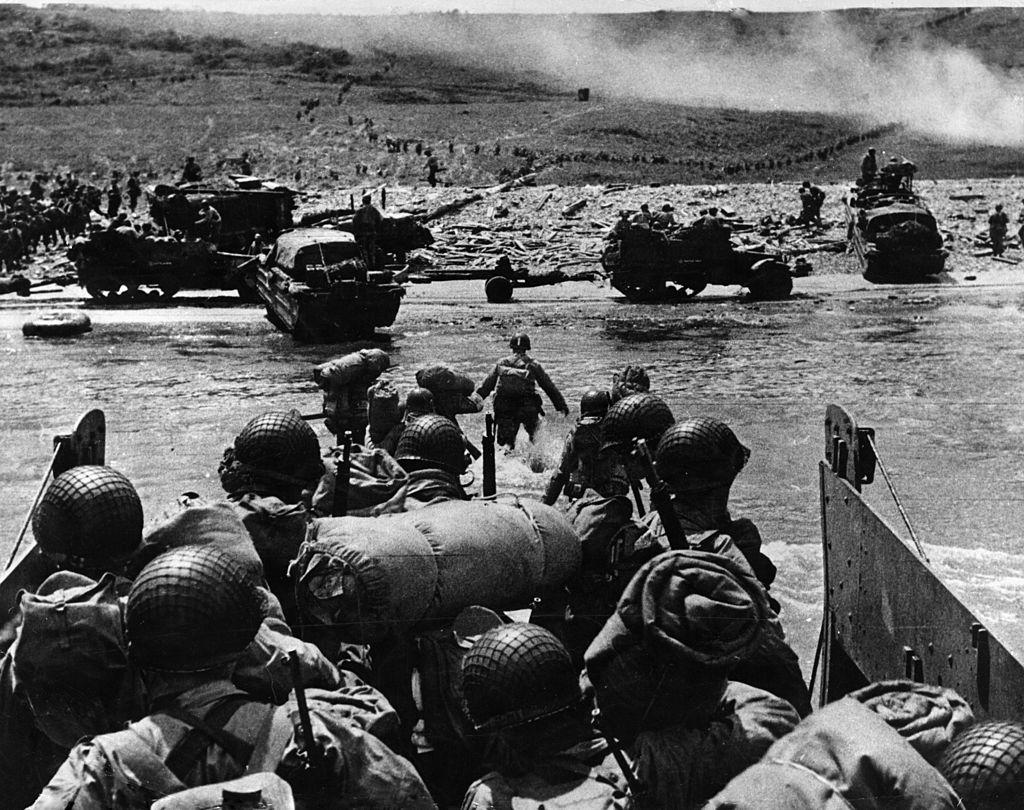
A. 0630
B. 0500
C. 1000
D. 0700
Answer: 0630
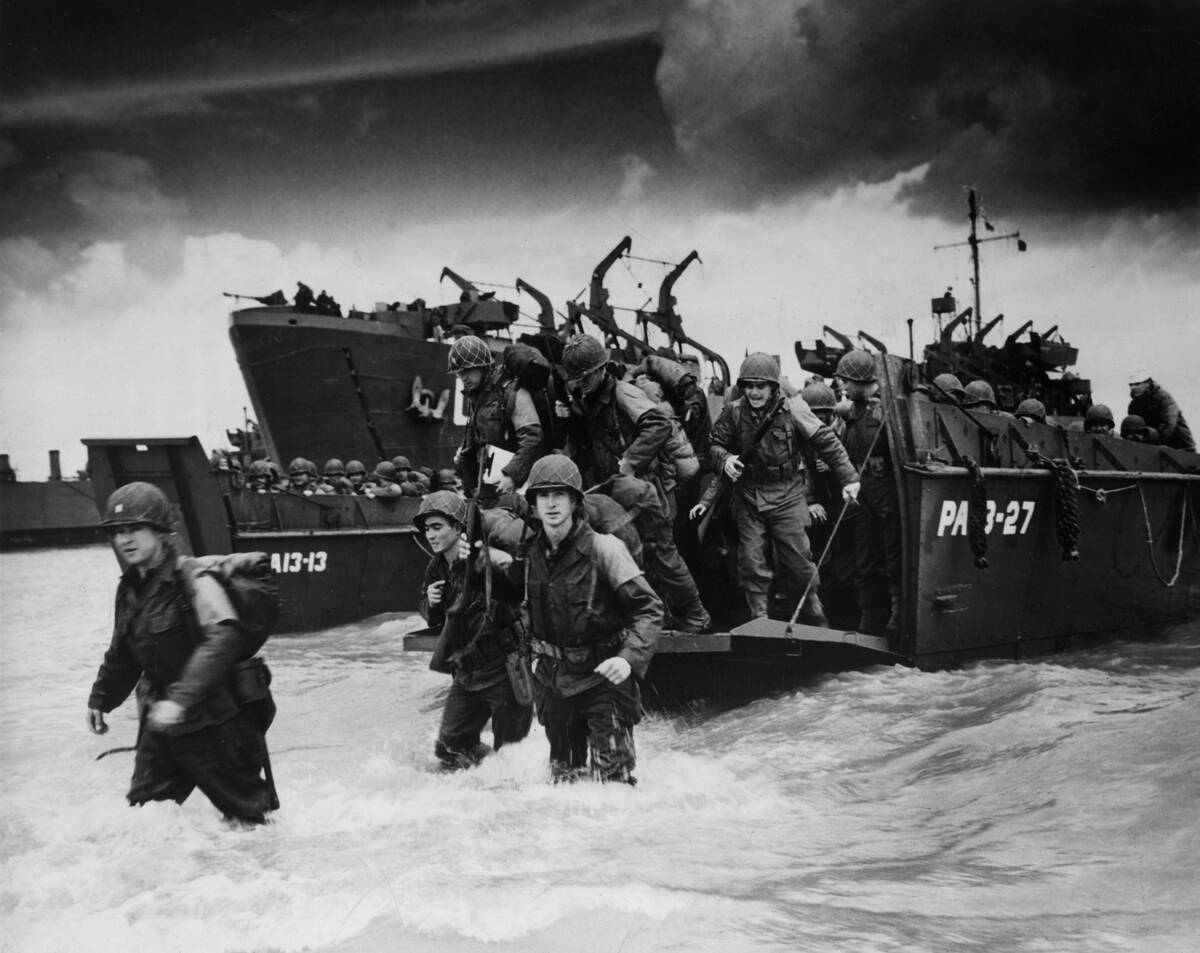
The taking of Omaha Beach was the responsibility of the American forces, although they were aided by the British, Canadians, and Free French navies during the naval bombardment. Unfortunately, the beach was harder to take than expected, resulting in countless casualties.
How many airborne troops were landed on D-Day?
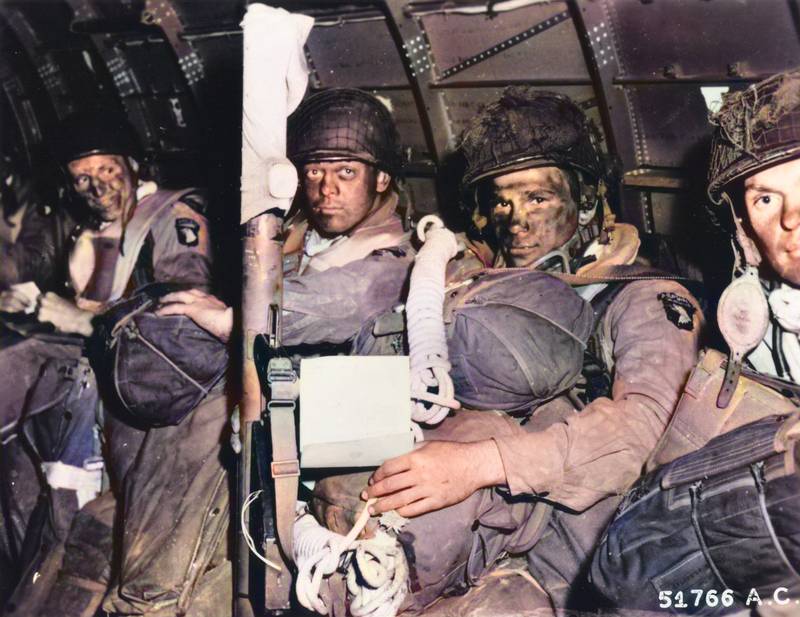
A. 5,000
B. 18,000
C. 24,000
D. 50,000
Answer: 24,000
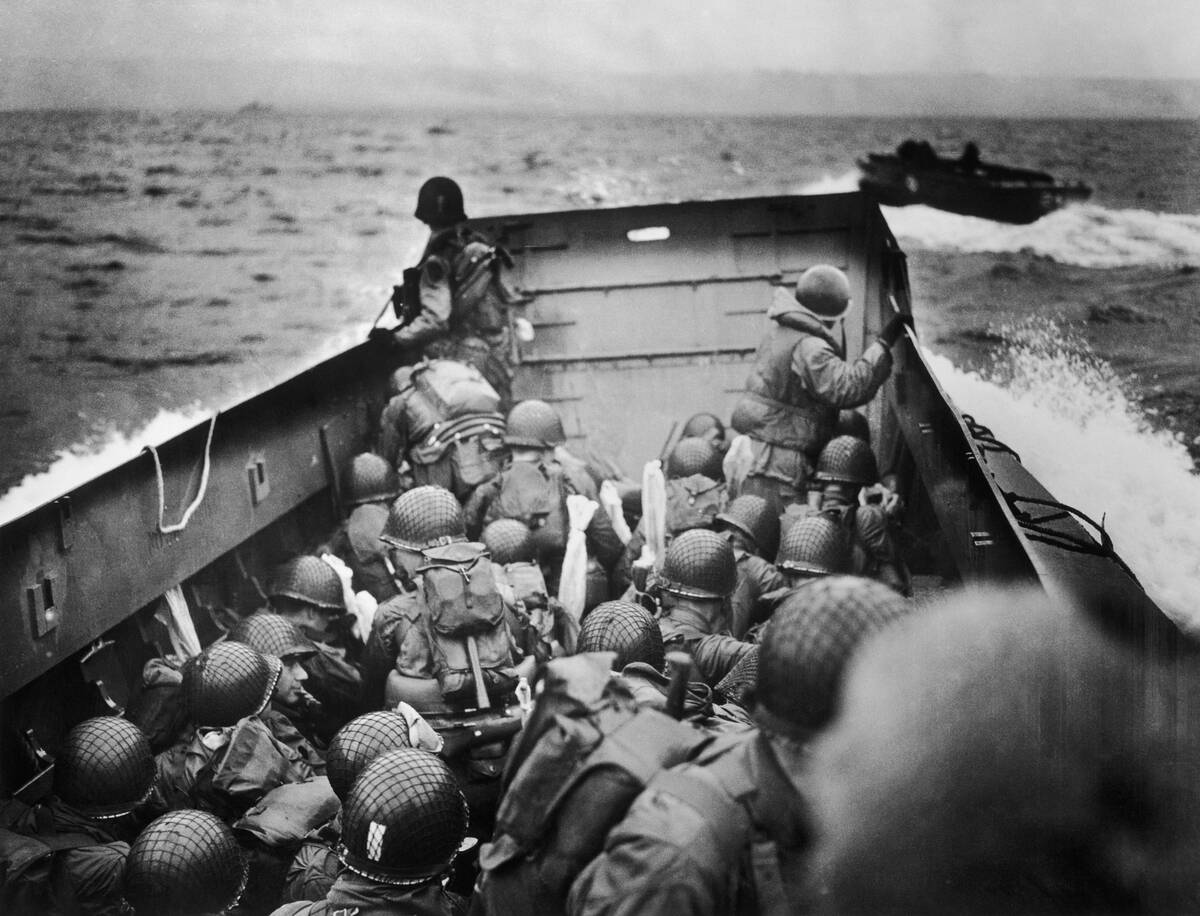
The airborne landings on D-Day were the largest ever attempted. Although the purpose was to land enough troops to give the Allies an advantage, thousands were scattered in the countryside and landed in the wrong location.
What was the name of the temporary harbors constructed after the beaches were secured?
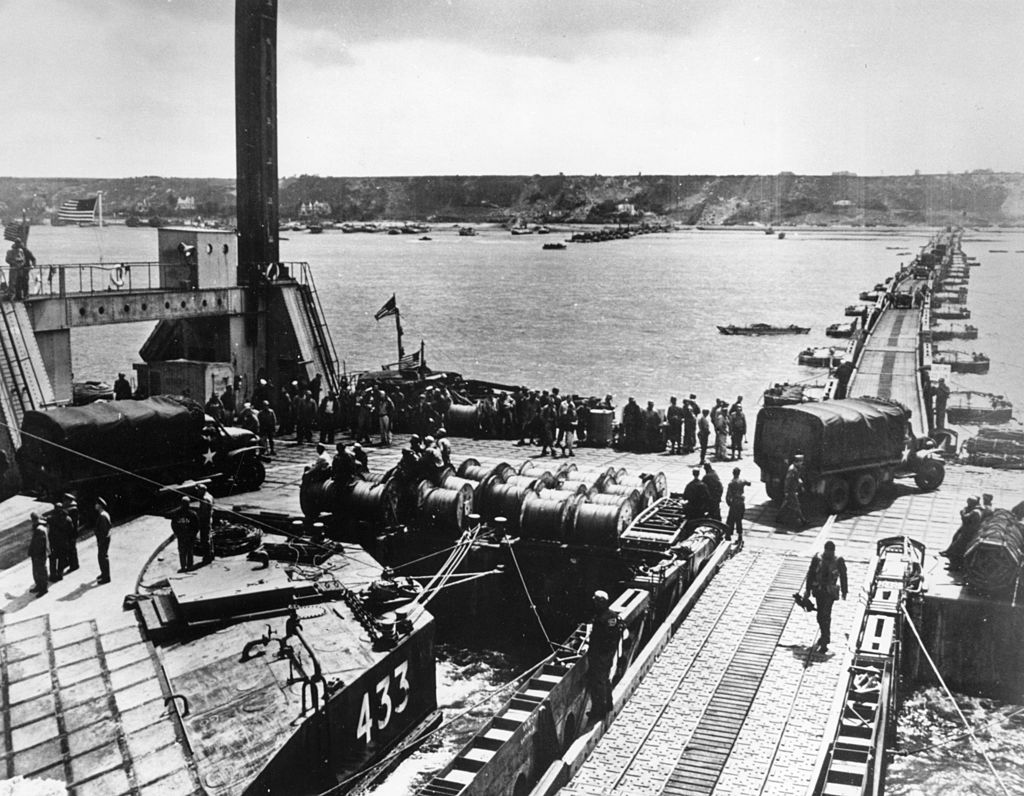
A. Mulberry
B. Johnny
C. Quickey
D. Bumpy
Answer: Mulberry

After the beaches were secured on D-Day, Mulberry Harbors were established to help bring troops and supplies to the beach. Many were damaged not long after they were built due to a storm in June 1944.
Which other country contributed a large number of troops besides the United States and Britain?
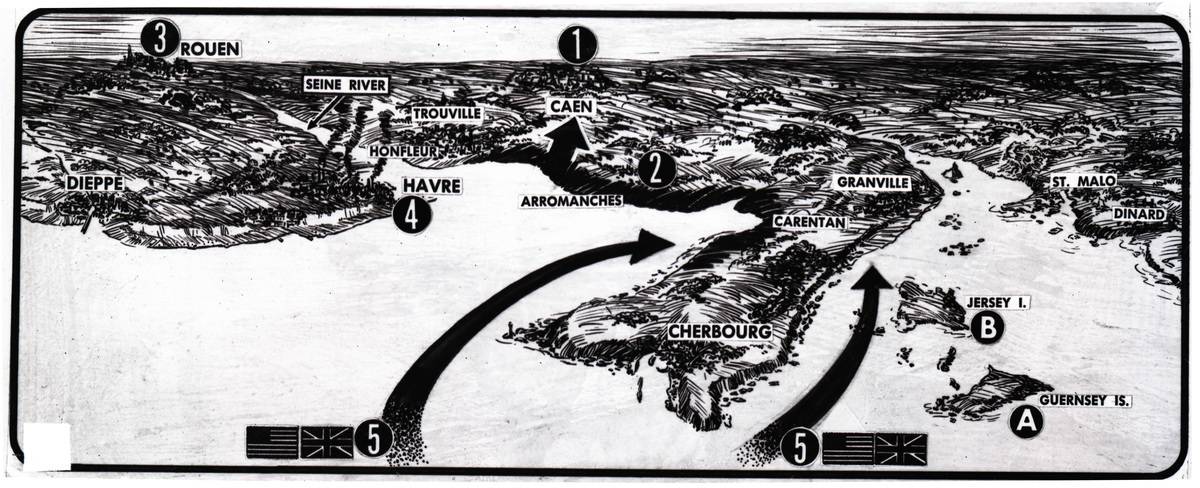
A. Canada
B. Norway
C. France
D. China
Answer: Canada
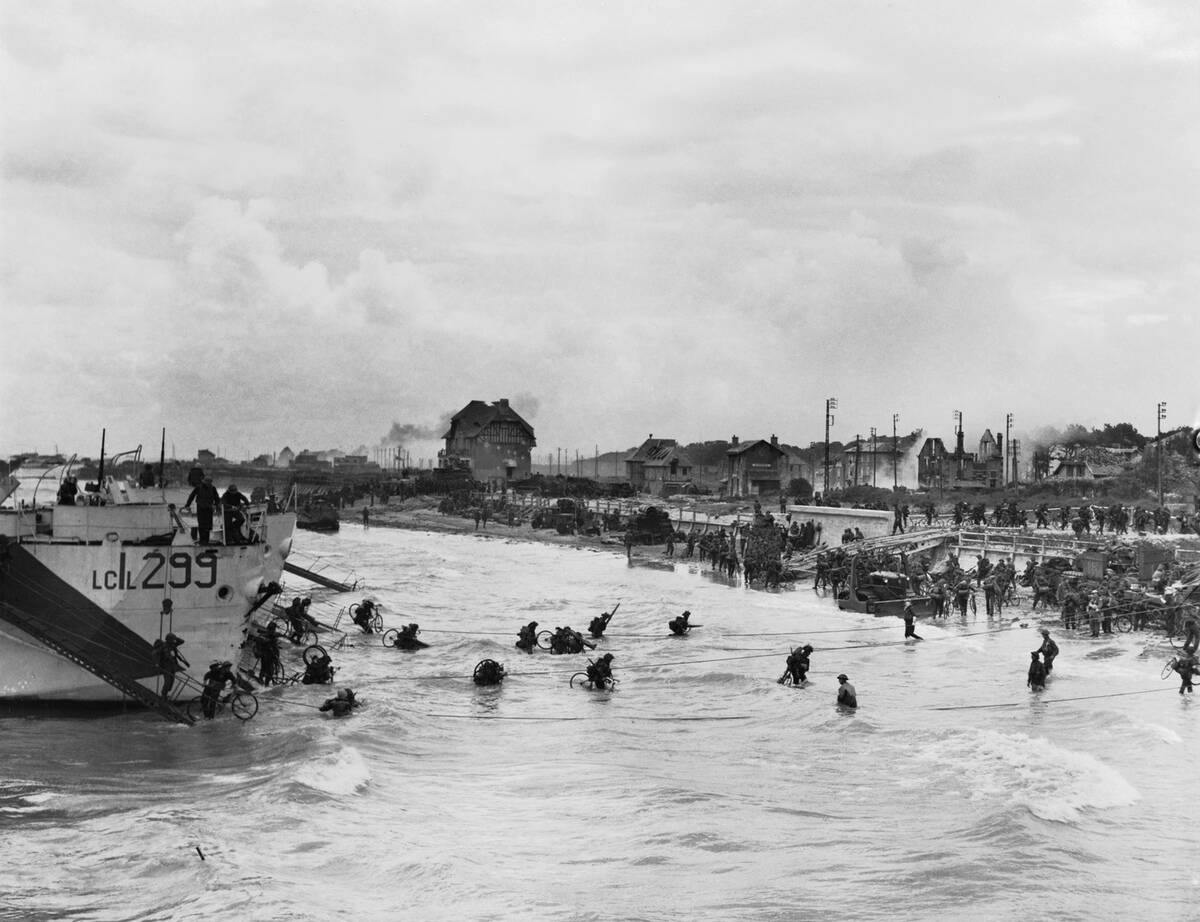
Canada had been at war with Germany since 1939 and sent 14,000 soldiers onto Juno Beach on D-Day. They, along with the United States and Britain contributed the most amount of troops to the invasion.
What was the code name for the invasion?
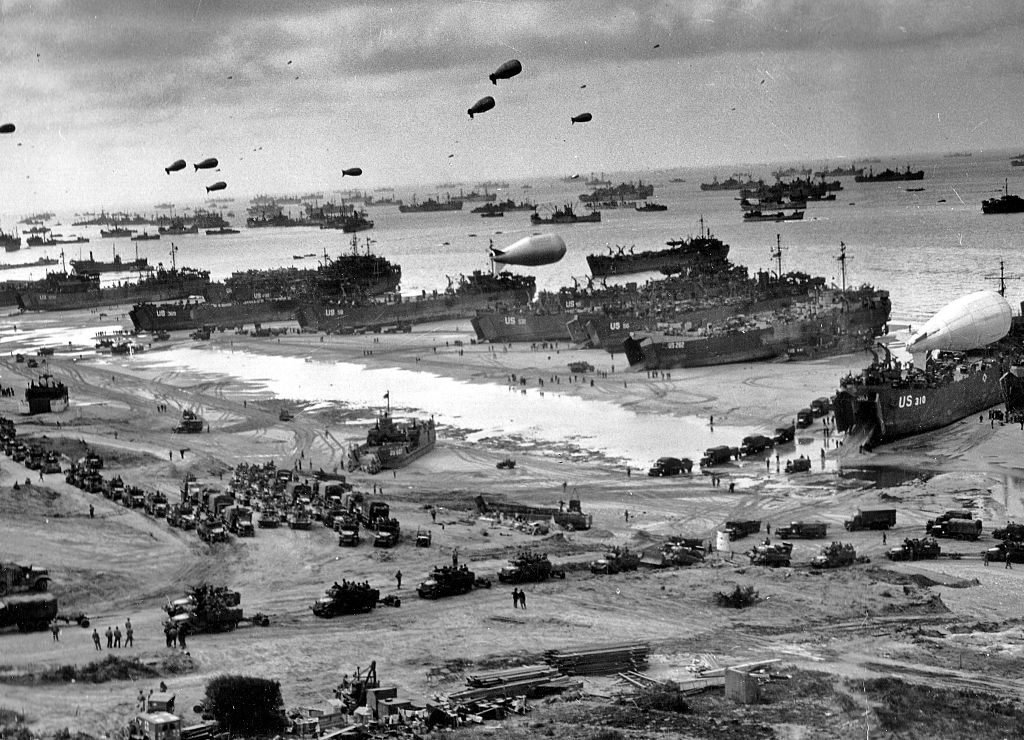
A. Operation Neptune
B. Operation Savior
C. Operation Muskrat
D. Operation Fury
Answer: Operation Neptune
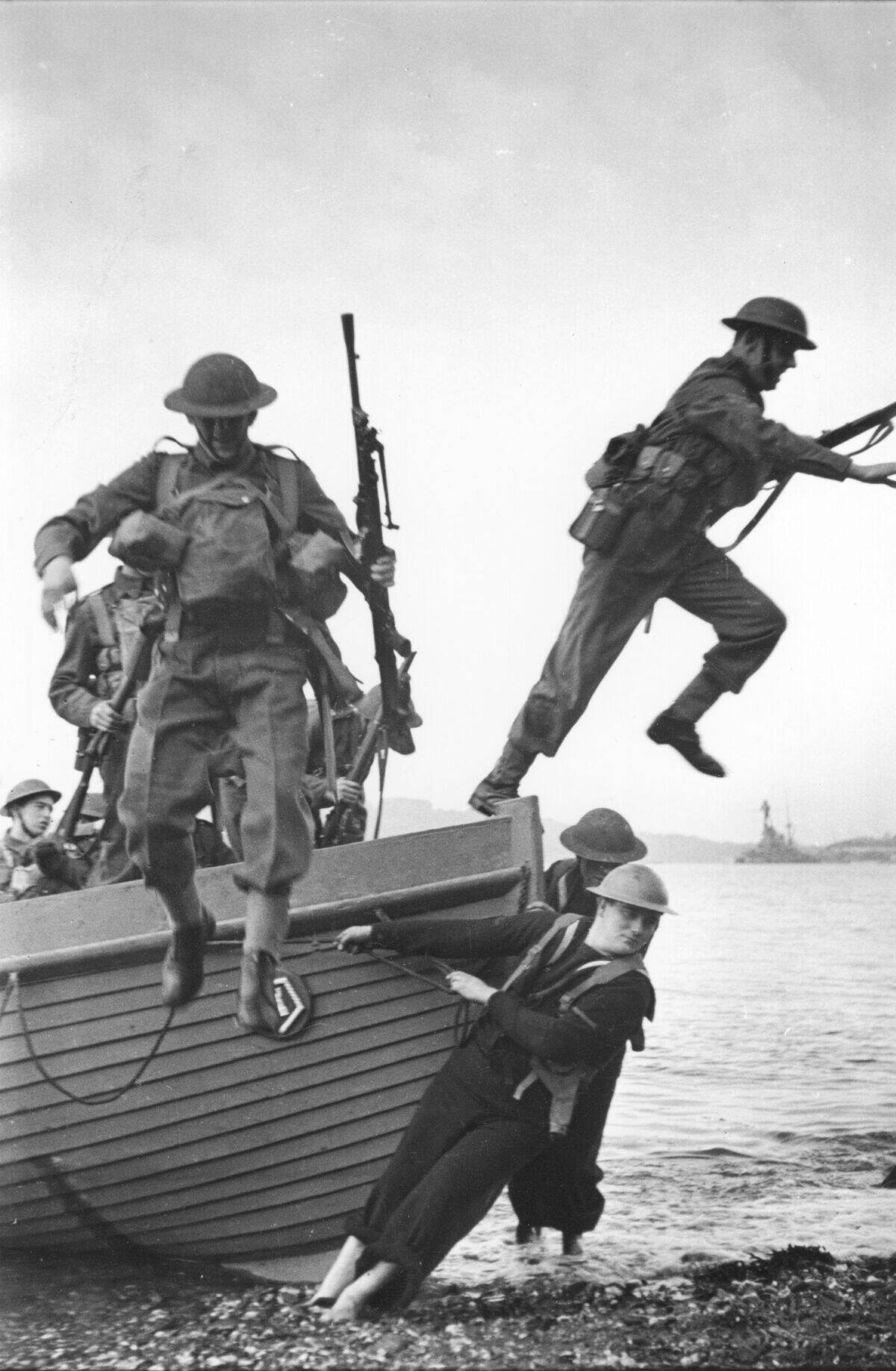
Operation Neptune was the largest amphibian assault in history. The invasion used over 5,000 vessels and over 160,000 troops that crossed the English Channel on June 6, 1944. More than 2 million troops had arrived in France by the end of August.
Why did Navy scouts steal samples of sand before the invasion?

A. To see if heavy equipment could move along the beaches
B. To determine the weather
C. To see if they could use it to build barricades
D. To see if they could light it on fire
Answer: To see if heavy equipment could move along the beaches
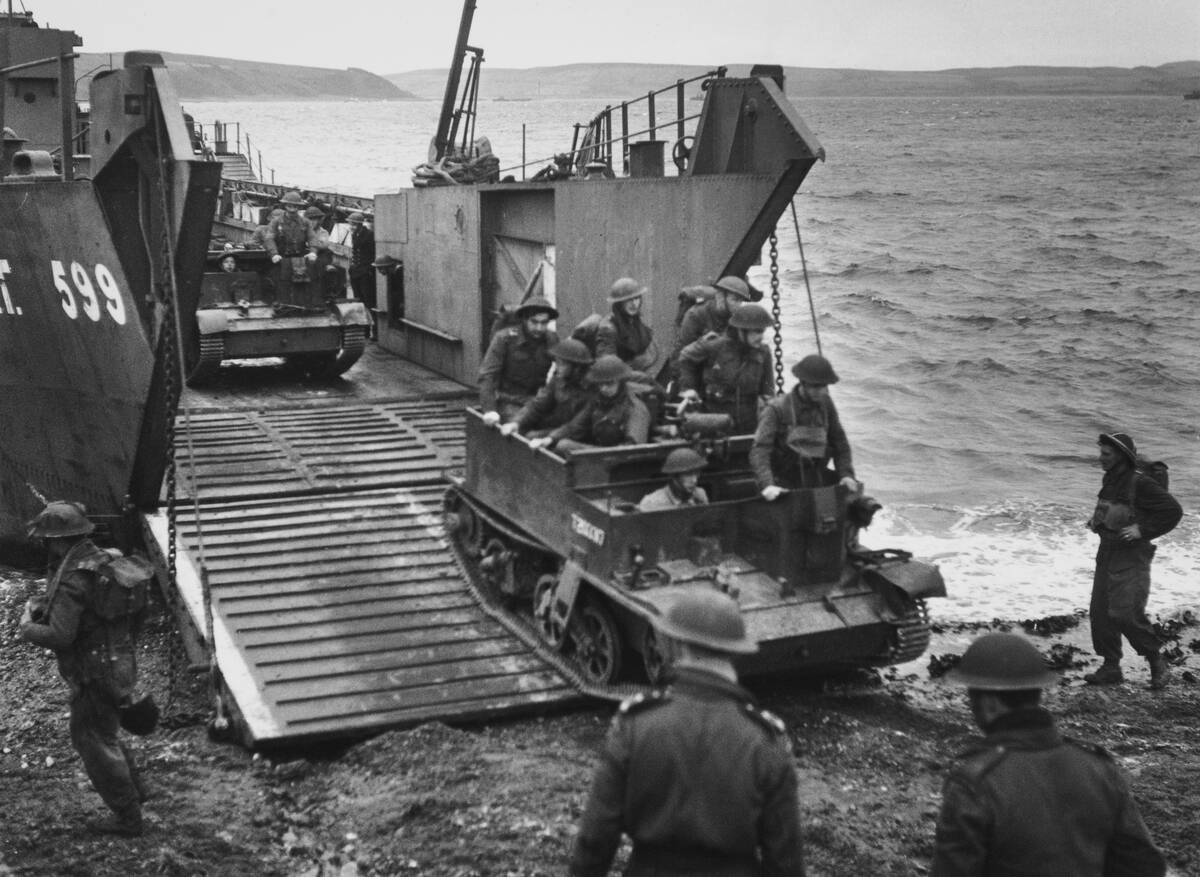
Before D-Day, United States Navy Scout & Raider soldiers went across the English Channel to take samples of the sand. This was in order to determine if tanks and other heavy vehicles would get stuck in the sand when landing.
How many allied ships were used on the day of the attack?
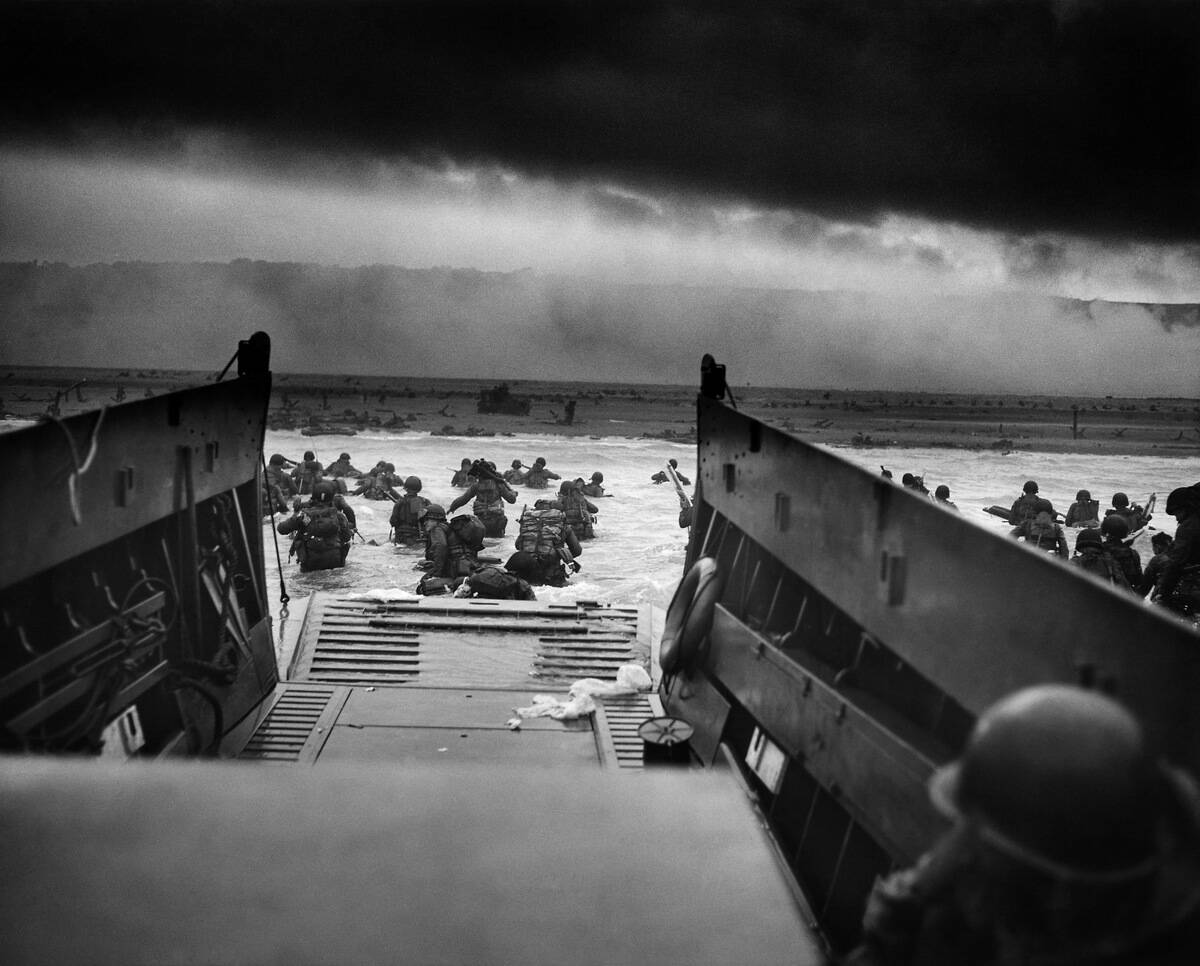
A. 1,500
B. 3,000
C. 10,000
D. 2,300
Answer: 3,000
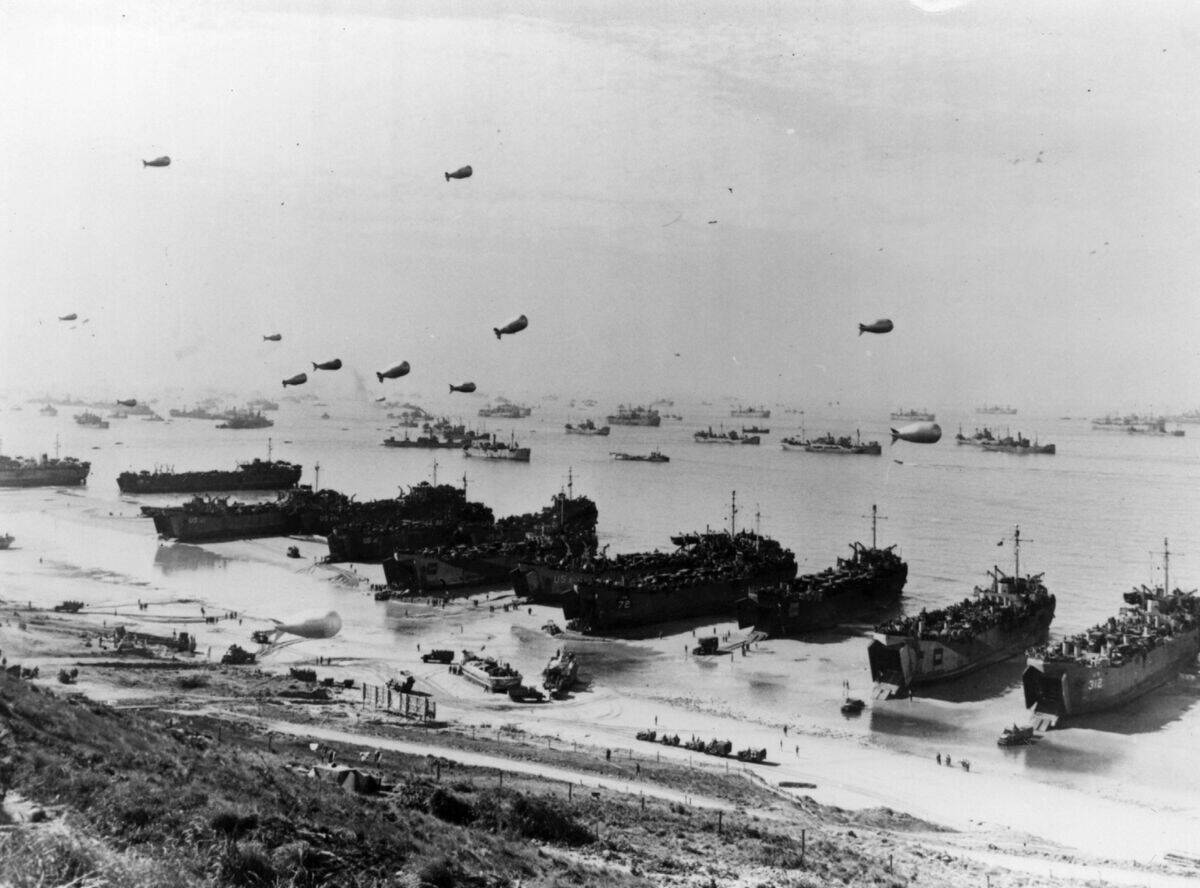
On the day of the invasion, around 3,000 ships and 75 convoys were used by the allies to bring soldiers across the English Channel from Britain to the beaches of Normandy in France.
Why was German General Erwin Rommel in Germany and not France on D-Day?

A. It was his wife’s birthday
B. He was hiding with Hitler
C. He was on a secret mission
D. He was dead
Answer: It was his wife’s birthday
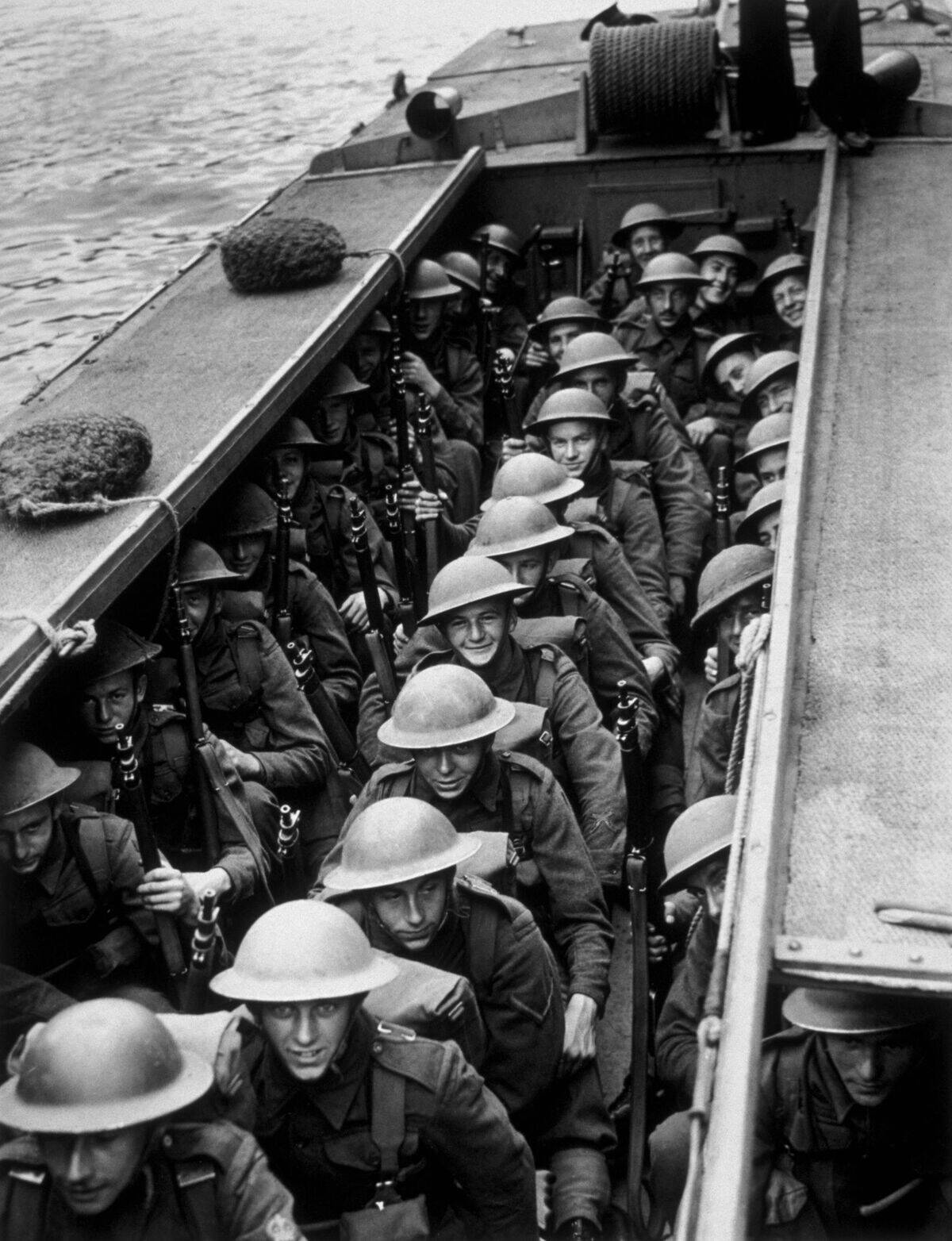
Erwin Rommel was visiting his wife for her birthday on the day of the invasion. He quickly went to France upon hearing of the attack. He would later commit suicide rather than be captured and executed.
Why were United States 101st and 82nd airborne divisions dropped off before dawn?
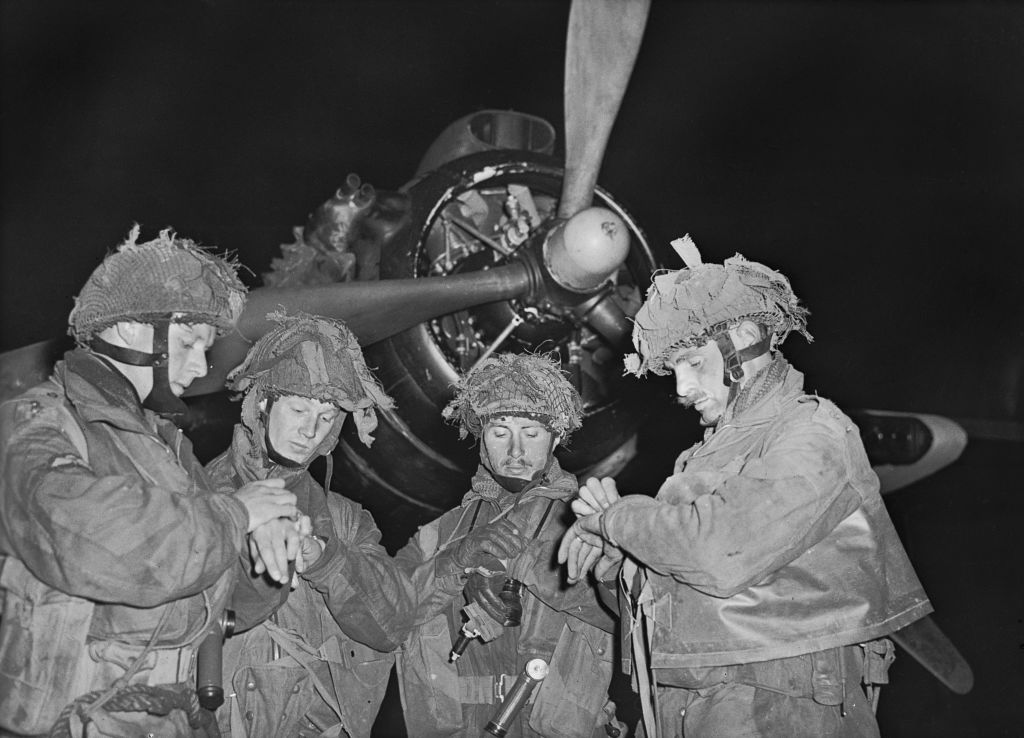
A. Take two inland towns to prevent Germans from using the roads
B. Set up explosives on the beach
C. Dig tunnels underground
D. Assassinate Hitler
Answer: Take two inland towns to prevent Germans from using the roads
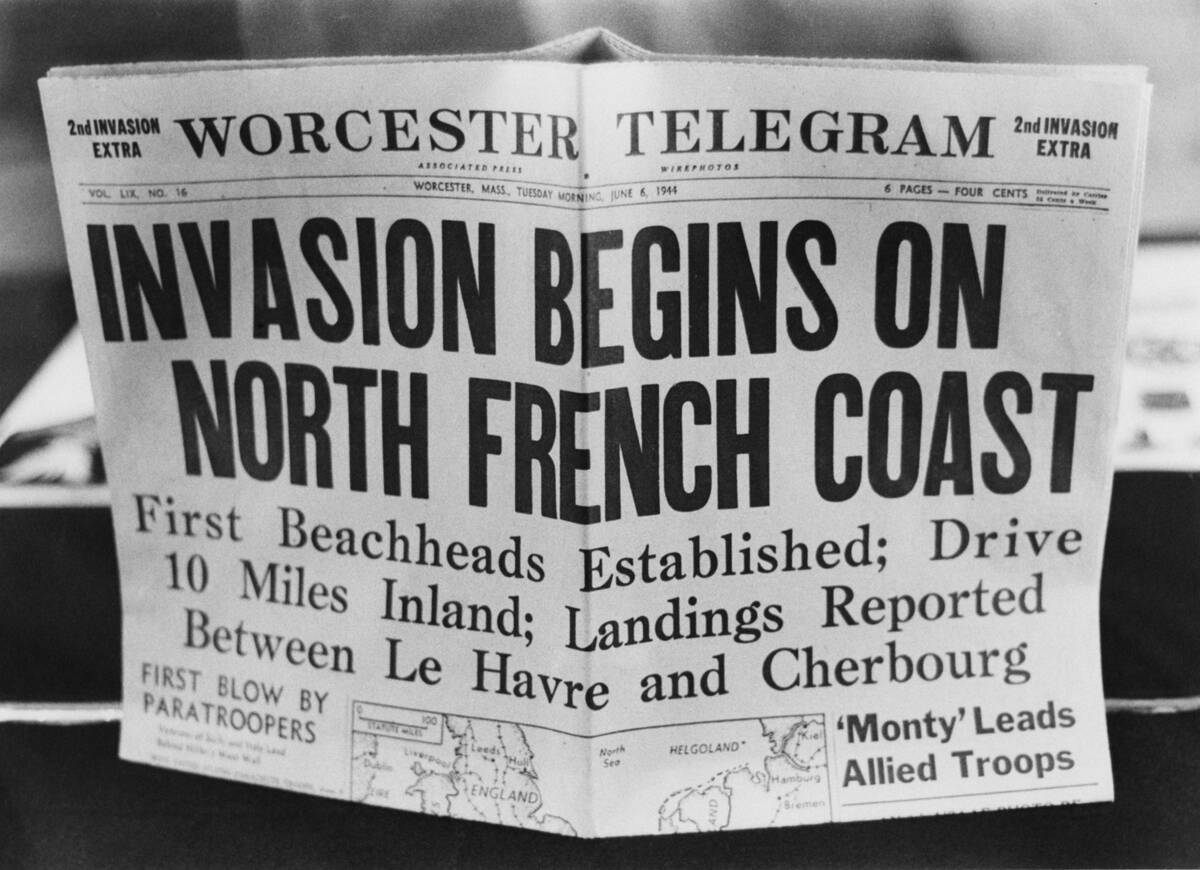
The night before D-Day, United States paratroopers were dropped behind enemy lines in France. Their goal was to secure the towns and roads that could be used by the Germans to deliver equipment and reinforcements.
What was the deception plan that made it look like the Allies would land at the Pas-de-Calais?
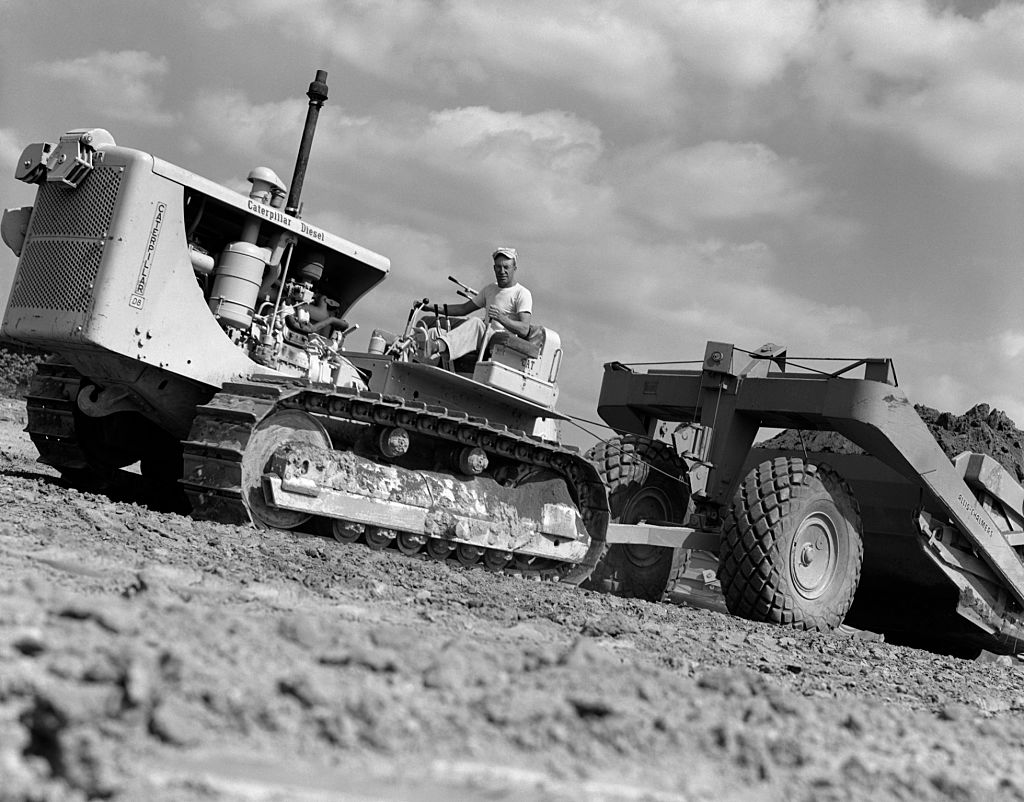
A. Operation Fortitude
B. Operation Neptune
C. Operation Eagle Eye
D. Operation Freedom
Answer: Operation Fortitude
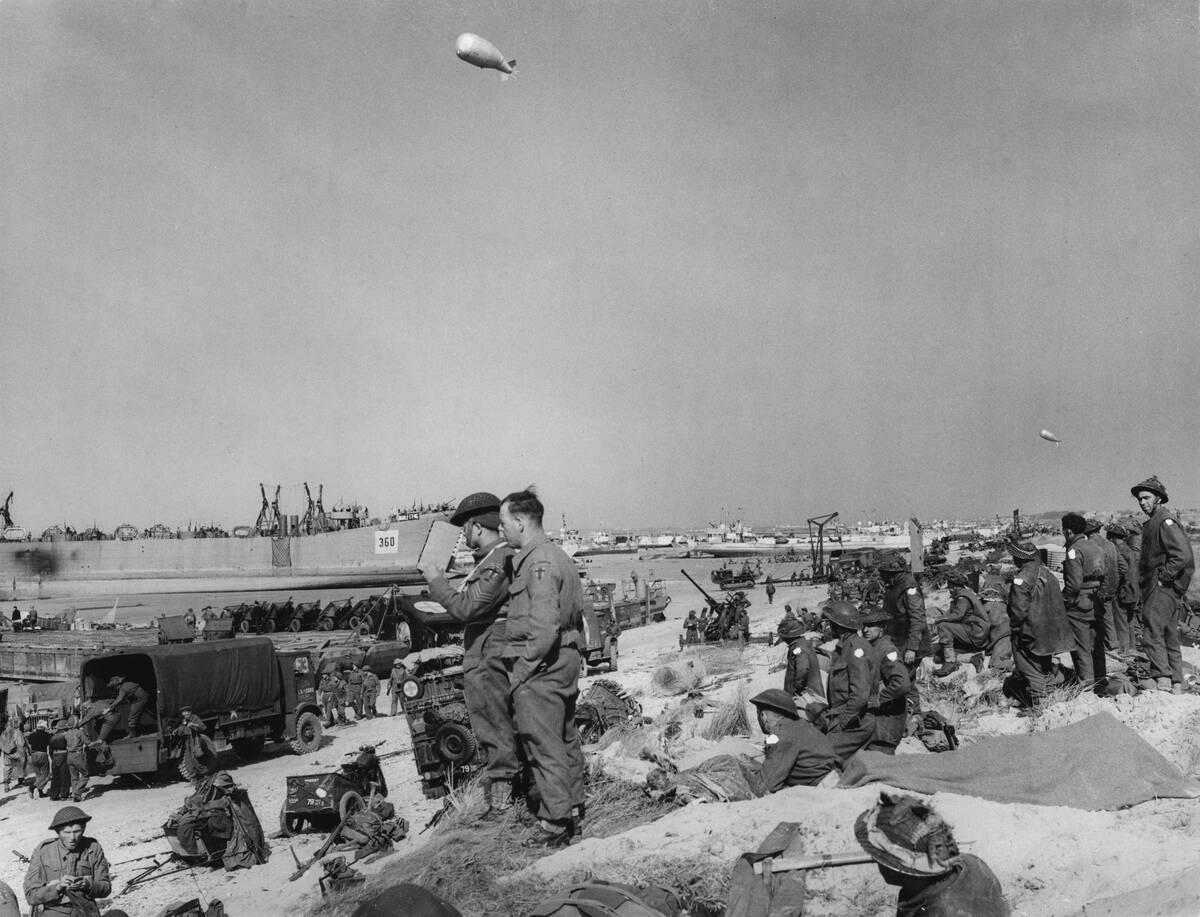
Operation Fortitude was a successful mission that tricked the Germans into thinking that the Allied invasion was going to happen somewhere else. This way, they were caught off guard when they landed on the beaches of Normandy.
Which beach had the largest number of casualties?
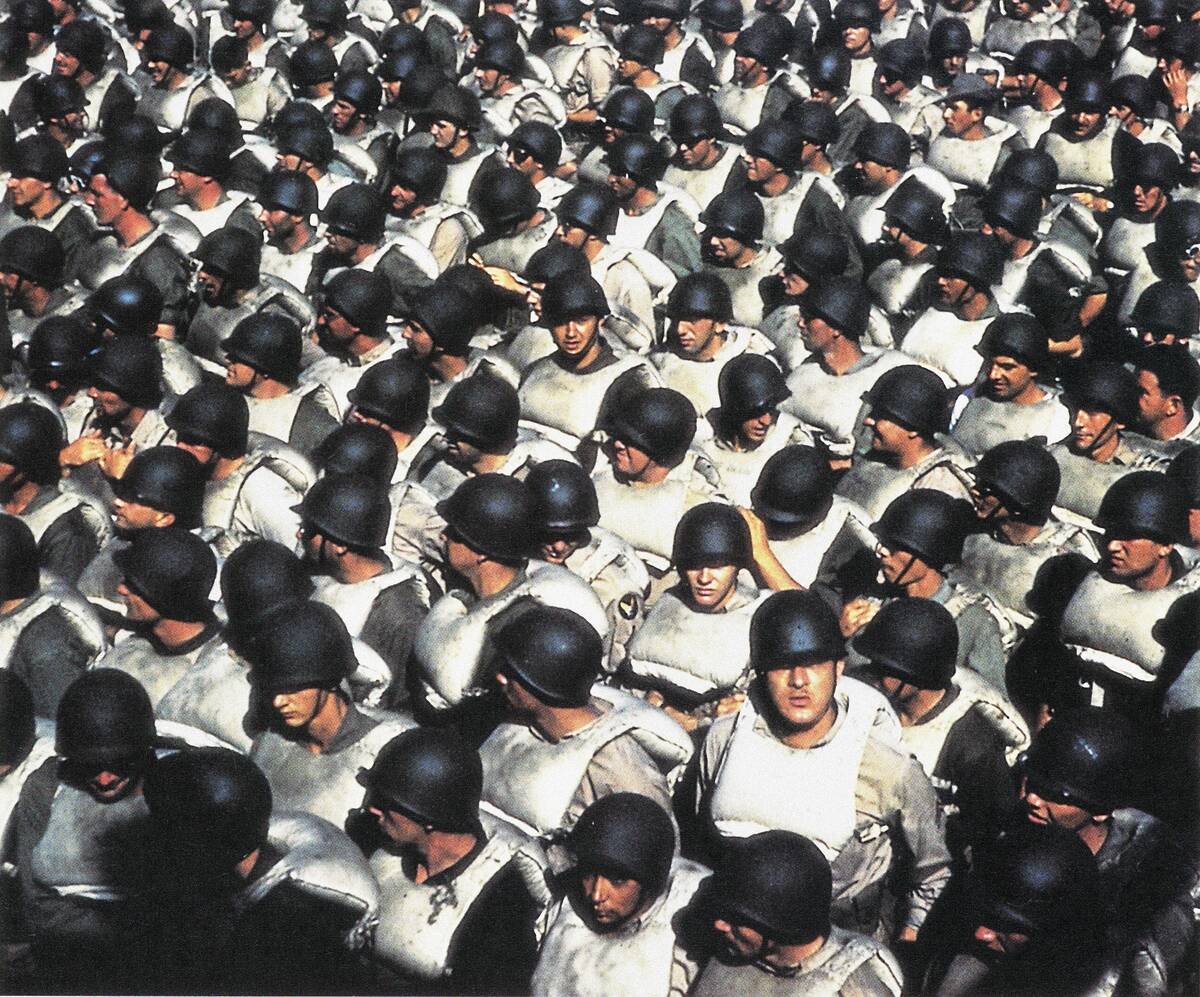
A. Omaha Beach
B. Juno Beach
C. Utah Beach
D. Gold Beach
Answer: Omaha Beach
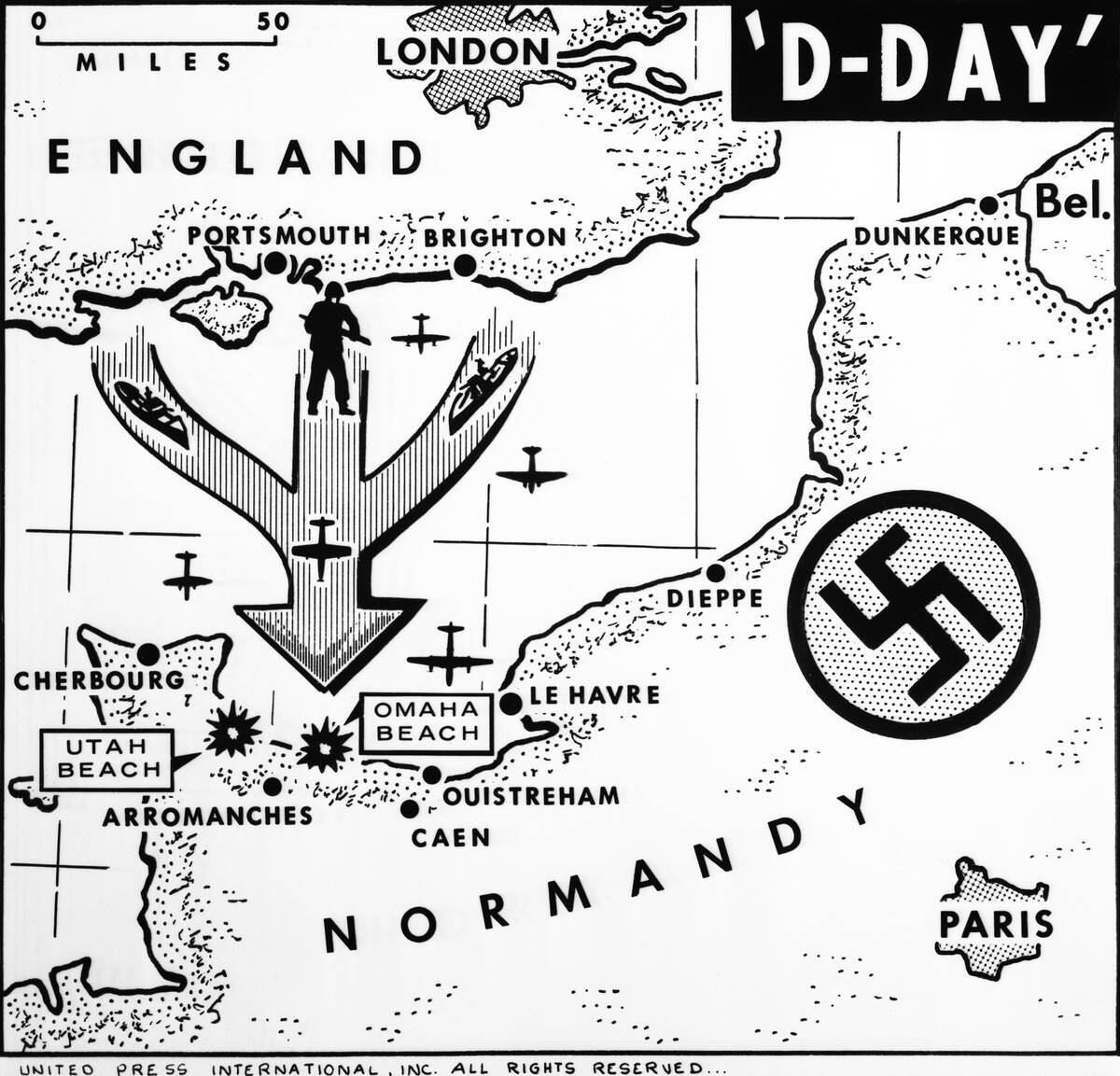
Omaha Beach had far more casualties than the other beaches during D-Day. It was so bad at one point that General Bradley even considered a retreat from the beach to stop the slaughter.
What time did the British glider troops land in France?
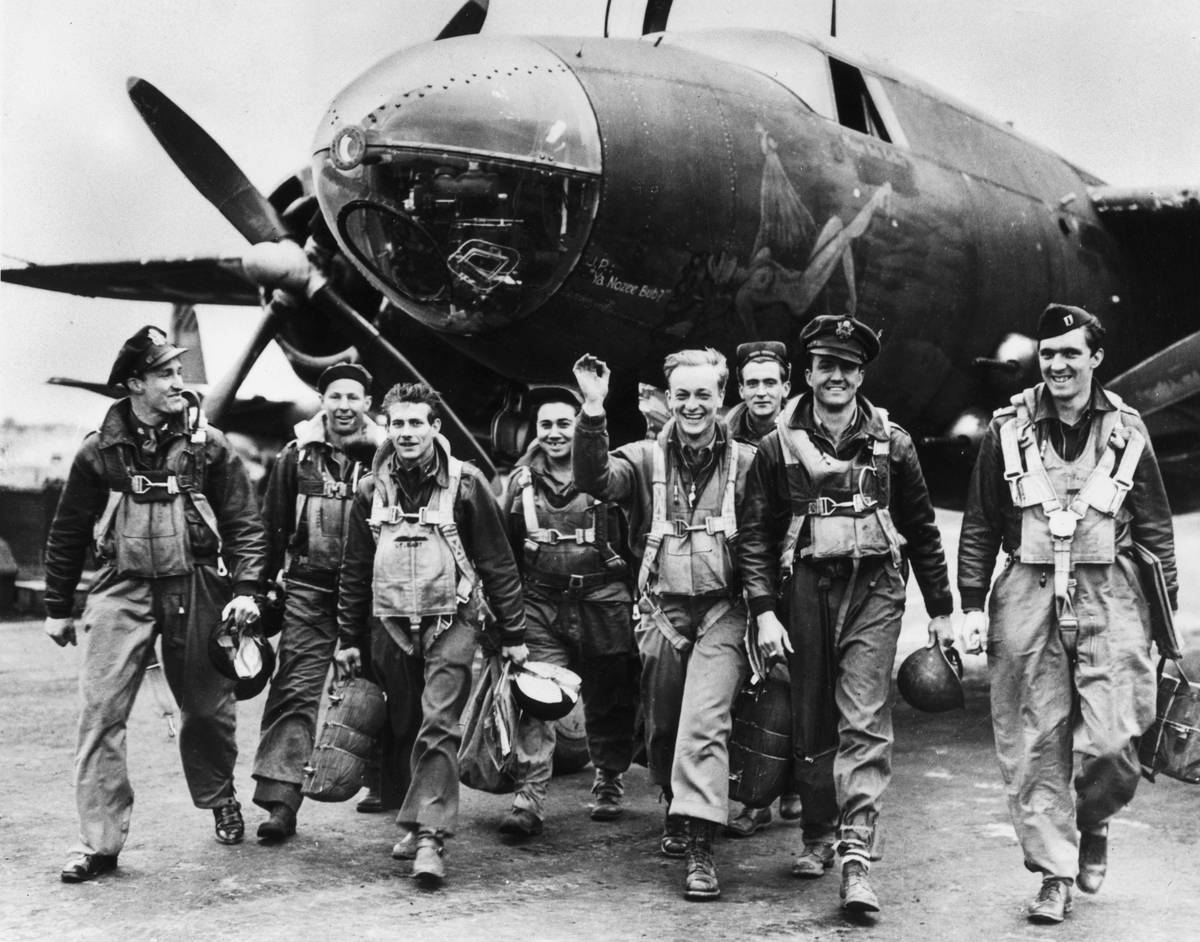
A. 12:16 am
B. 2:22 am
C. 5:35 am
D. 4:23 am
Answer: 12:16 am
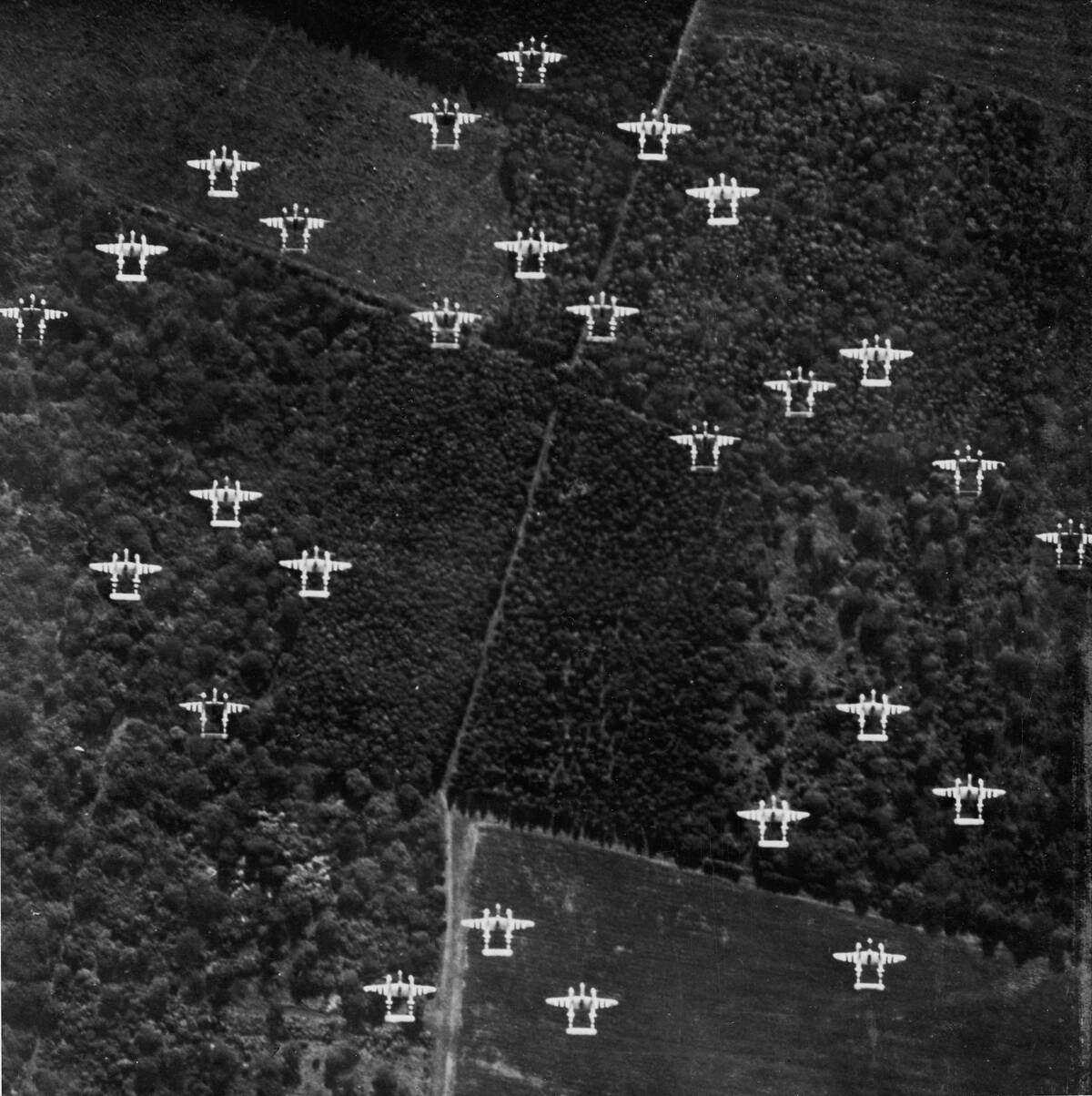
The British glider troops landed in France 16 minutes after midnight, early in the morning of June 6. They carried the troops whose job was to capture two key bridges before the Germans knew what was happening.
How many miles of the Normandy coast did the Allies attack?
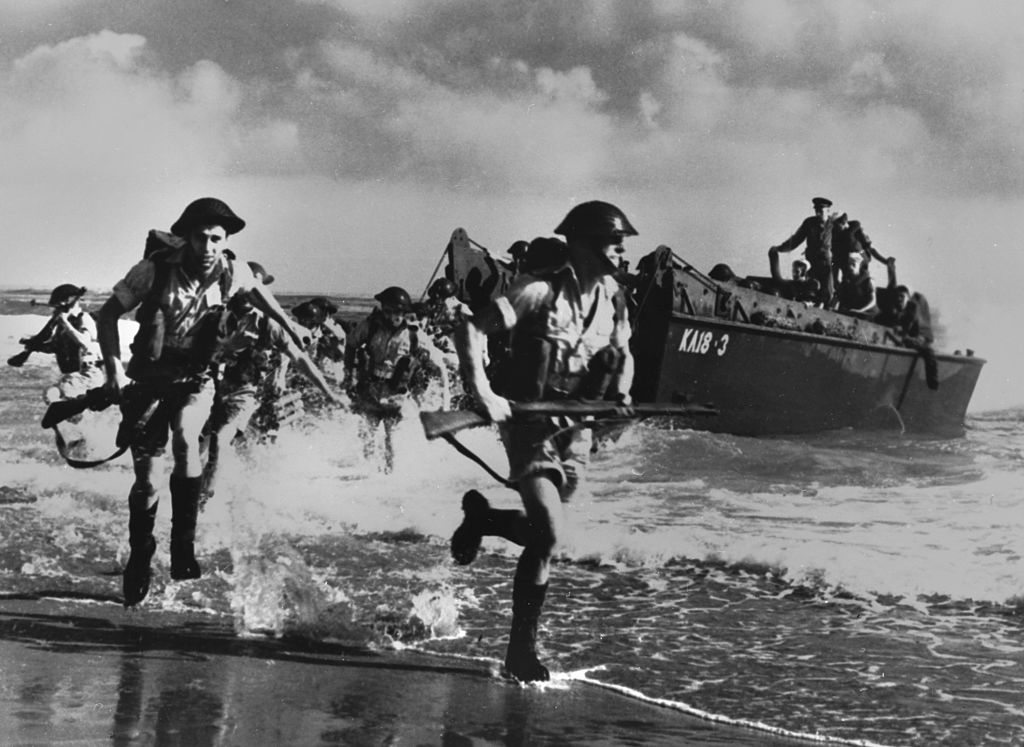
A. 50 miles
B. 25 miles
C. 10 miles
D. 35 miles
Answer: 50 miles
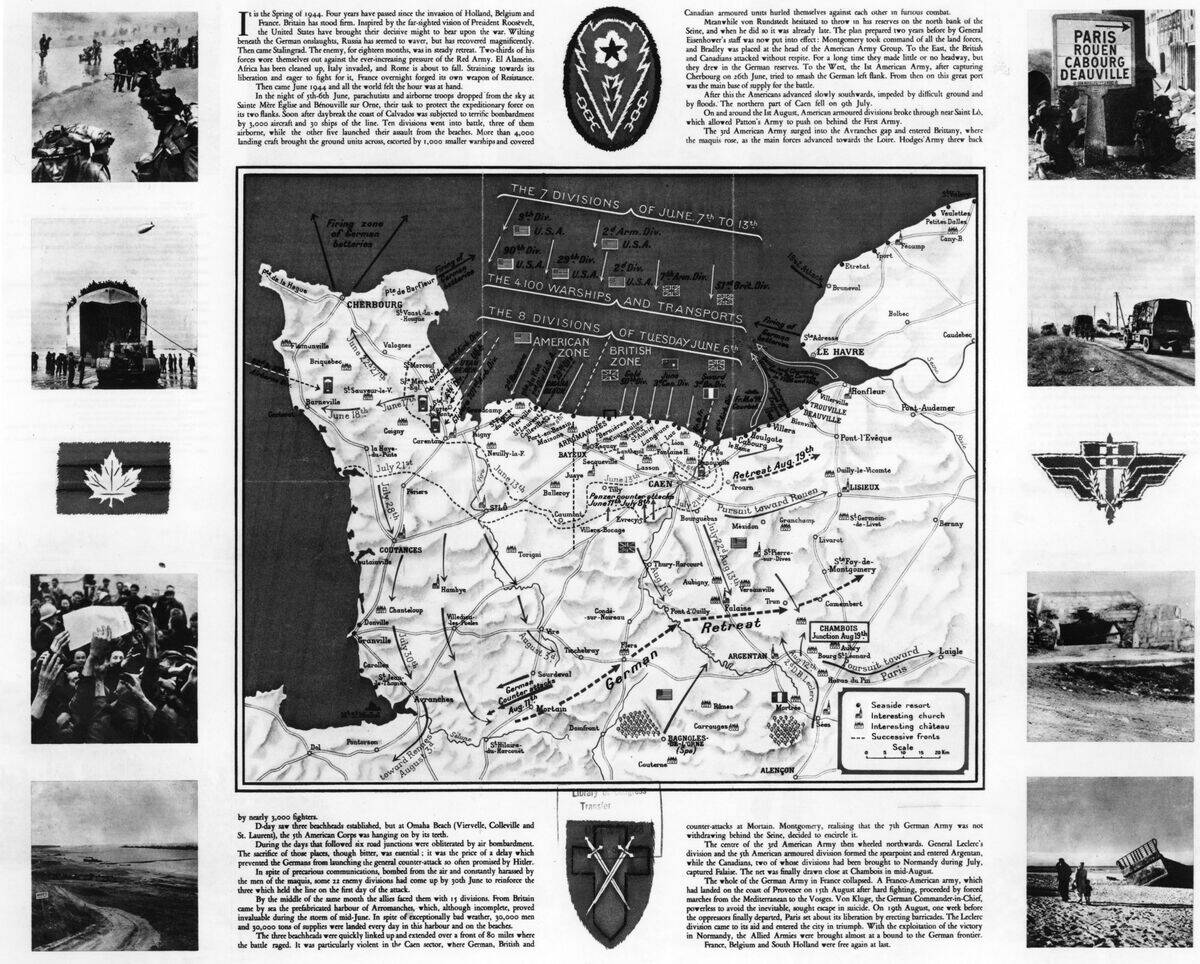
D-Day covered approximately 50 miles of the coast of France. The attacks were spread out over five beaches which were Utah, Omaha, Gold, Juno, and Sword. Some of the assaults were bigger than others.
What was the most popular D-Day movie before Saving Private Ryan?
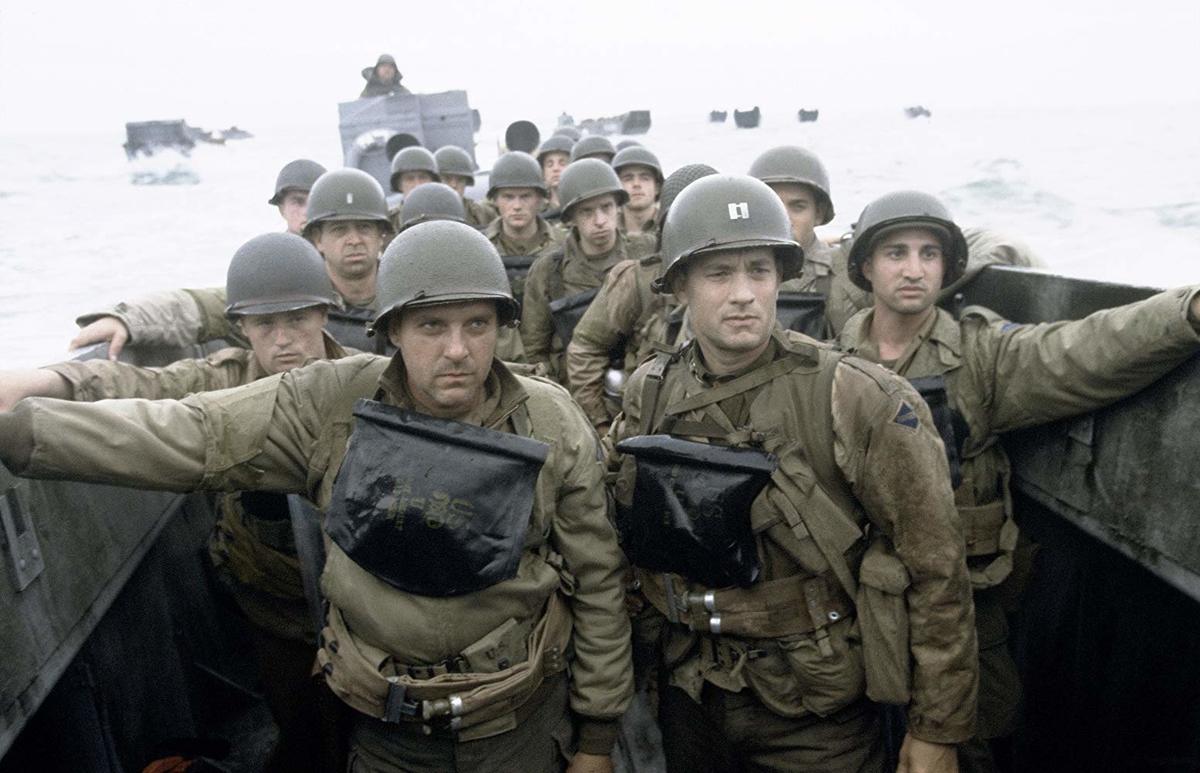
A. Days of Glory
B. The Captain
C. A Bridge Too Far
D. The Longest Day
Answer: The Longest Day
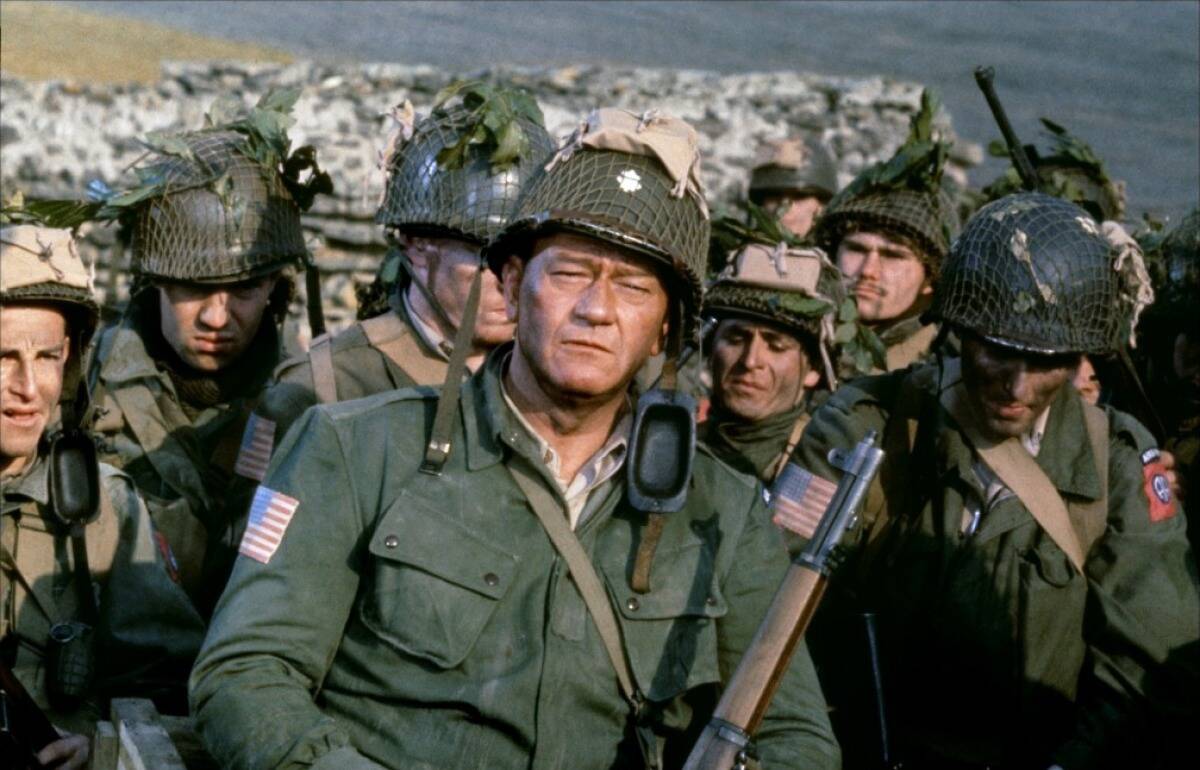
The Longest Day is a 1962 film based on the book of the same name. It is a three-hour film that took home Academy Awards for cinematography and special effects.
The son of which famous person is buried at the Normandy American Cemetary and Memorial at Omaha Beach?
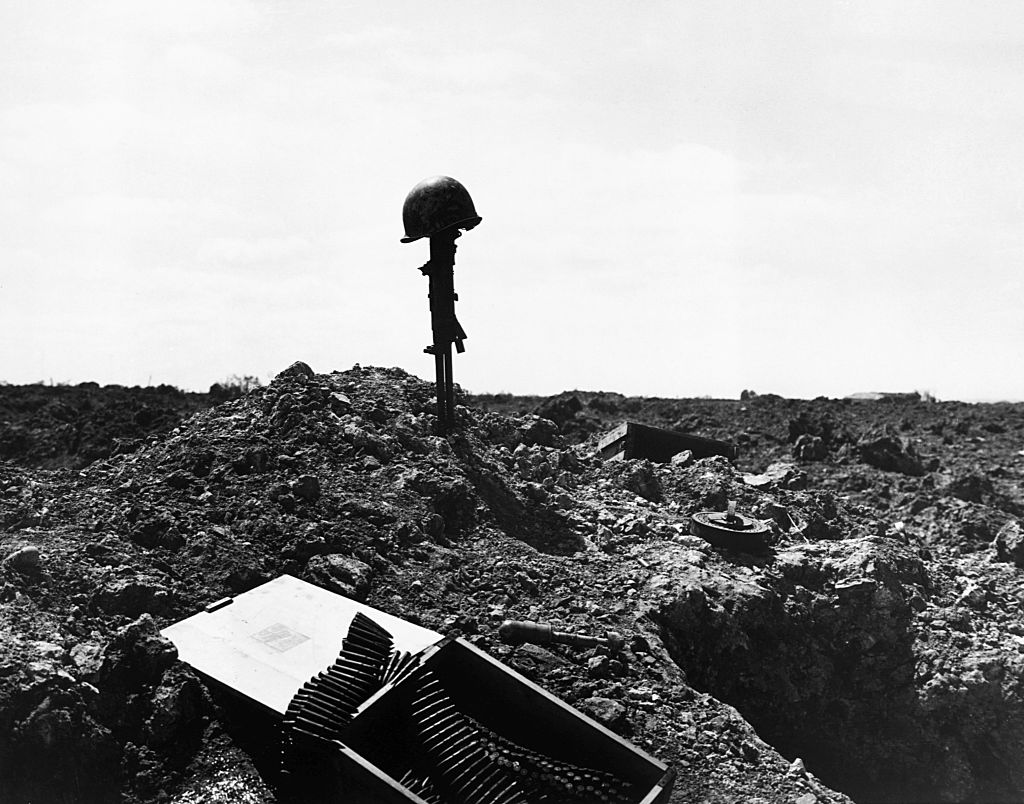
A. Theodore Roosevelt
B. Thomas Edison
C. Ernest Hemingway
D. Frederick Trump
Answer: Theodore Roosevelt
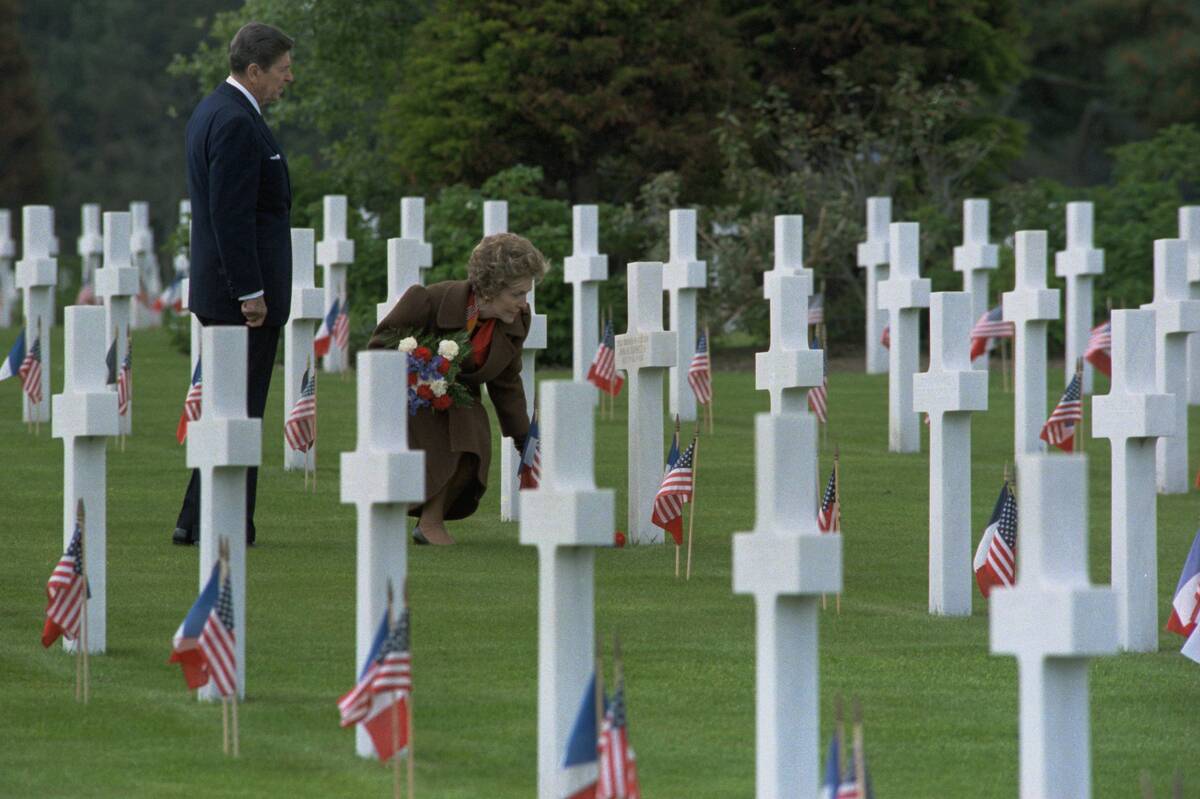
Theodore Roosevelt Jr., son of President Theodore Roosevelt, was a brigadier general who fought at Utah Beach. At age 56, he was the oldest soldier during the invasion and also had a son, Capt. Quentin Roosevelt who fought as well.
How many pounds of gear did each Allied soldier carry onto the beaches?
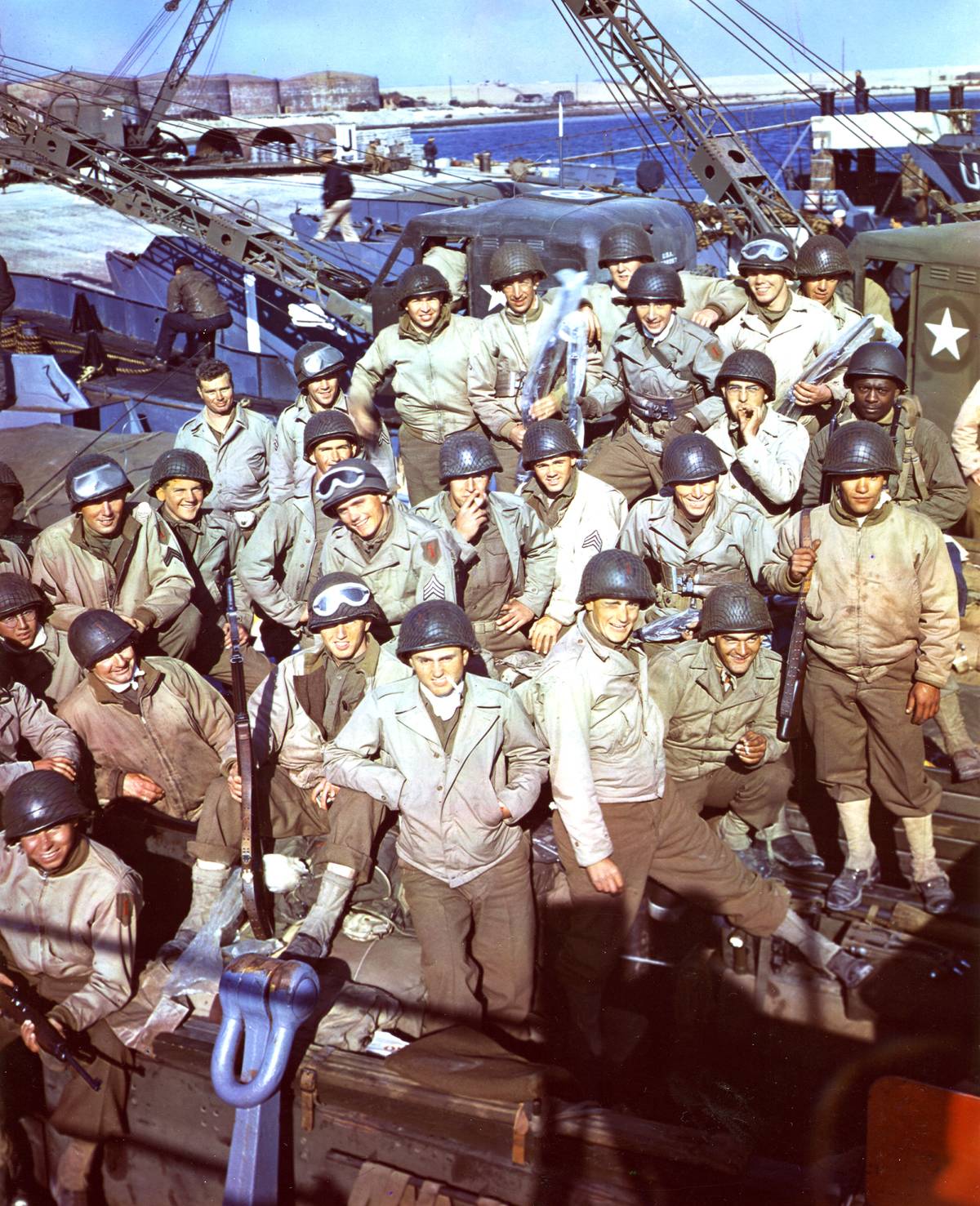
A. 15 pounds
B. 70 pounds
C. 25 pounds
D. 50 pounds
Answer: 70 pounds
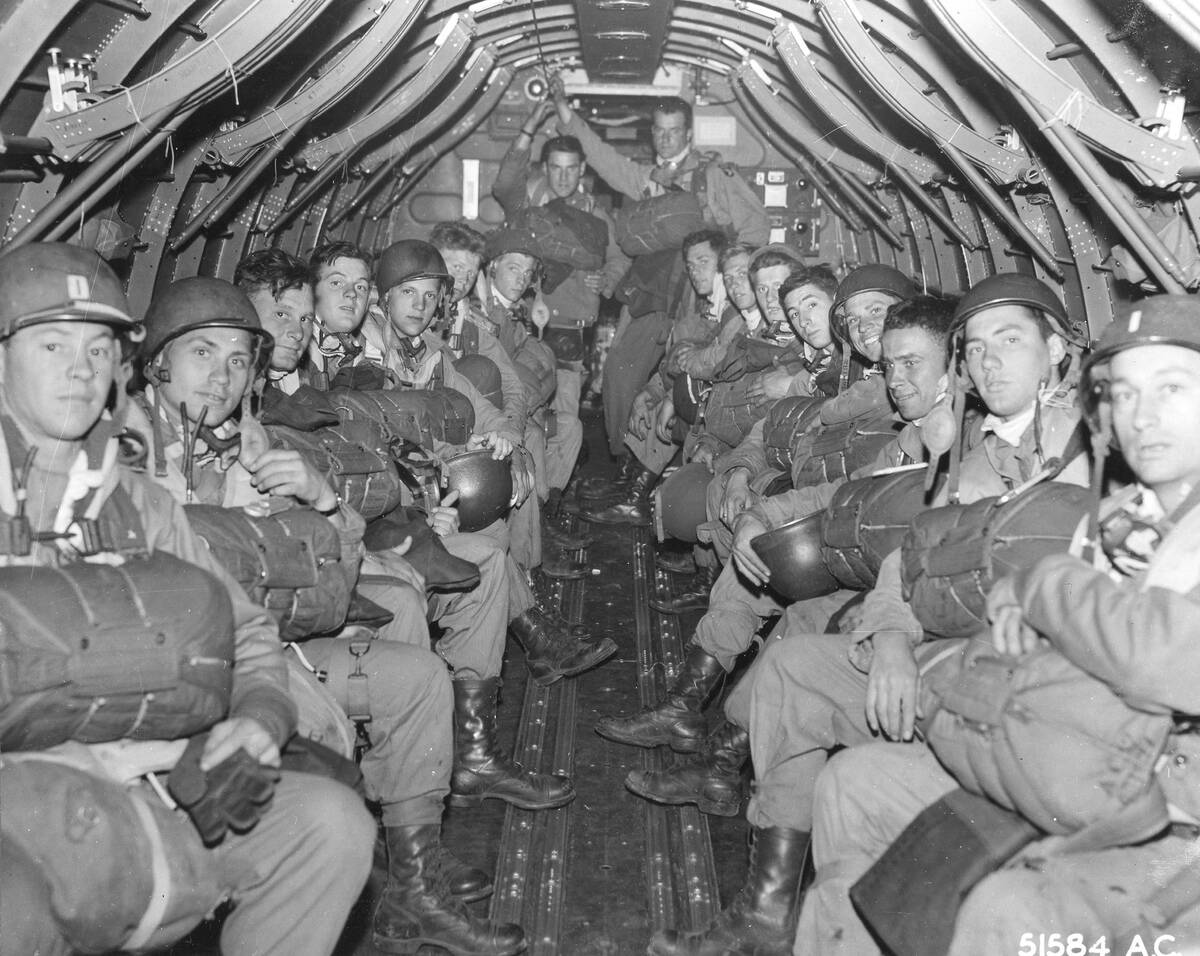
On average, each Allied soldier carried approximately 70 pounds of gear onto the beaches during D-Day. Besides equipment for battle, solders were also given French language books, bug repellent, and candy bars.
Why was the bombing at Omaha Beach before the invasion not very effective?
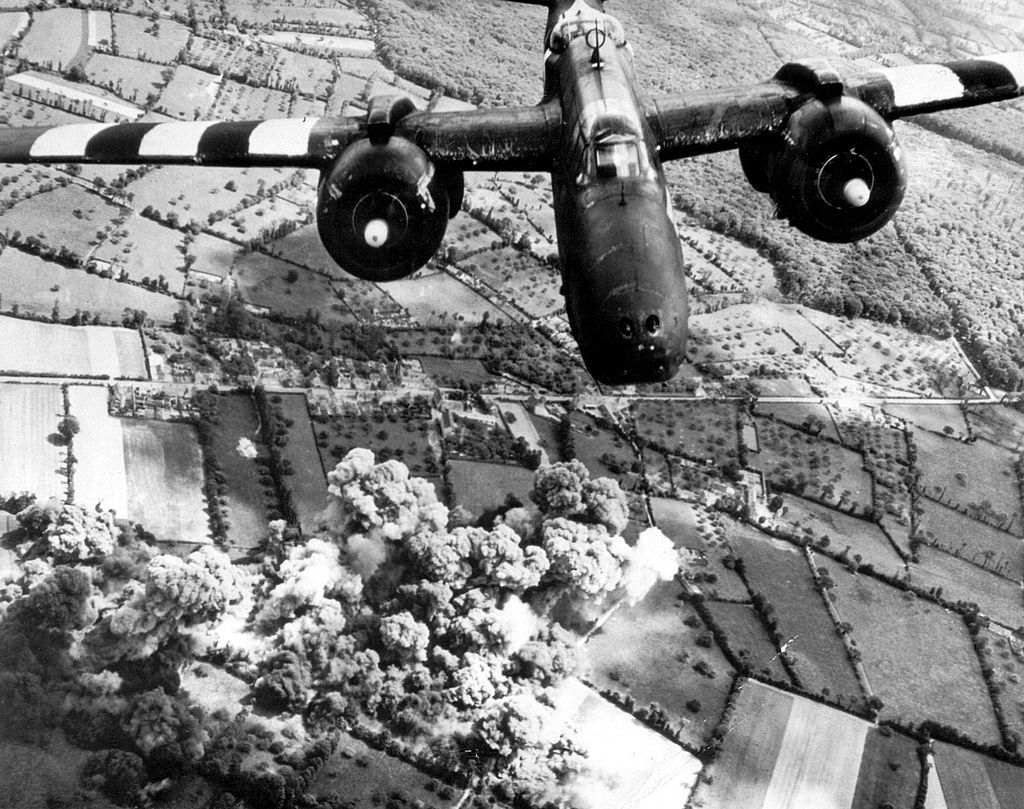
A. The bombs weren’t exploding
B. Many of the bombs missed their targets
C. The German bunkers were incredibly fortified
D. The Germans moved positions quickly
Answer: Many of the bombs missed their targets
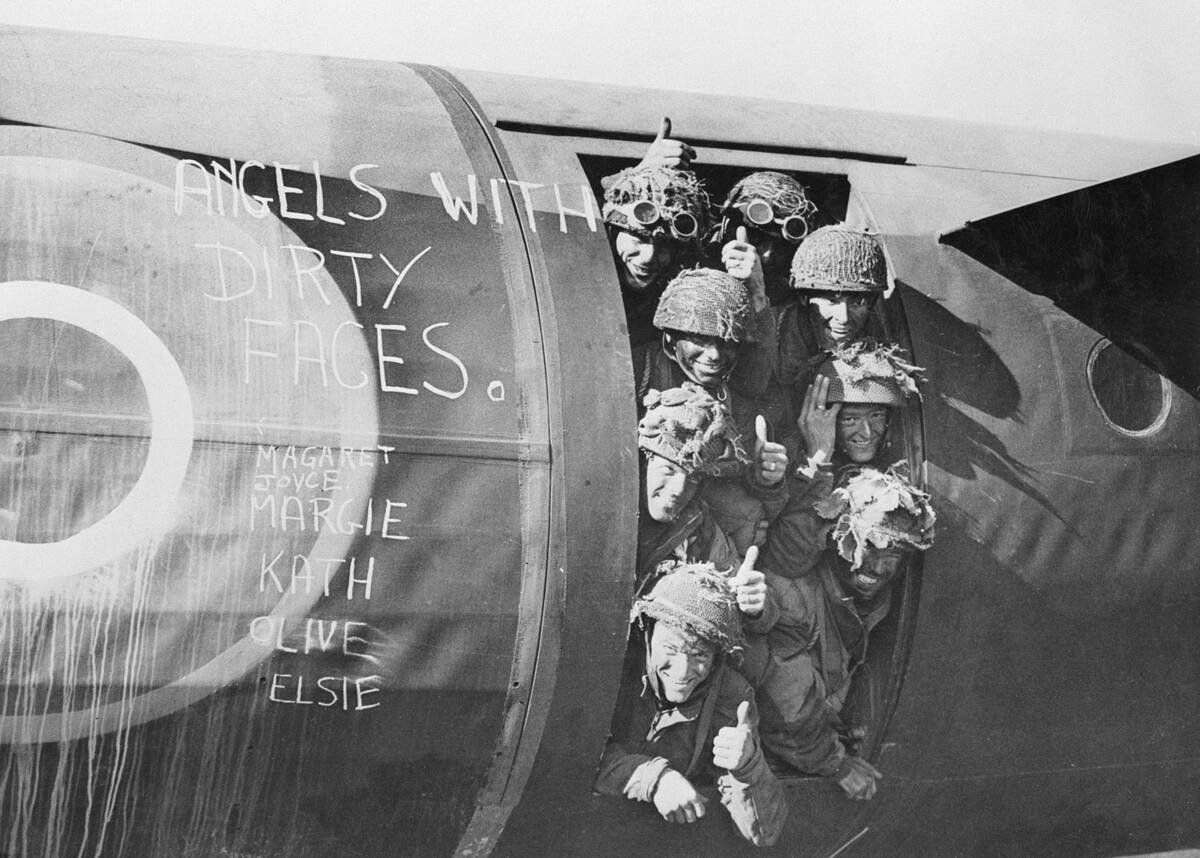
In an attempt to “soften up” the German forces before landing on Omaha Beach, Allied forced heavily bombed the beach. However, due to overcast skies, many of the bombs missed their targets.

